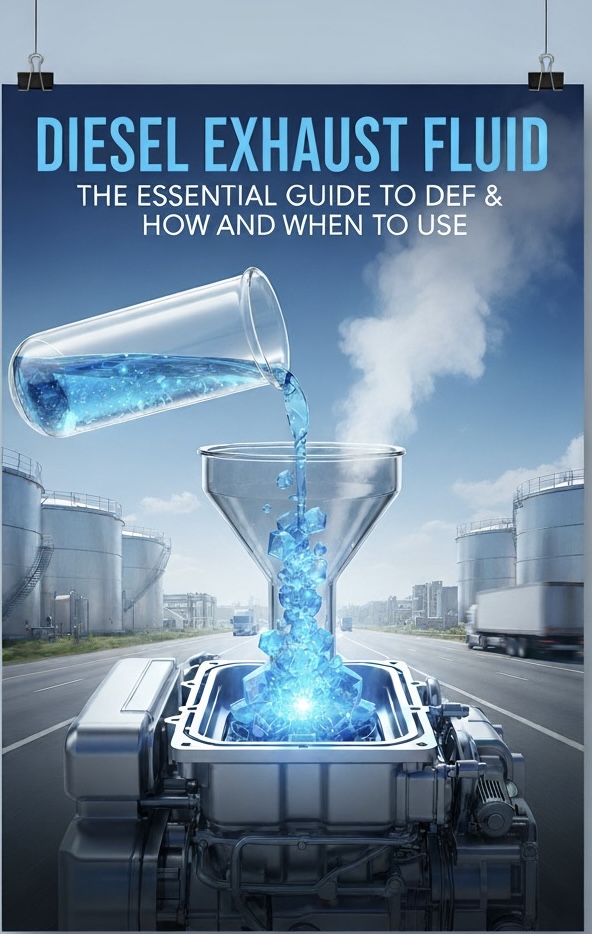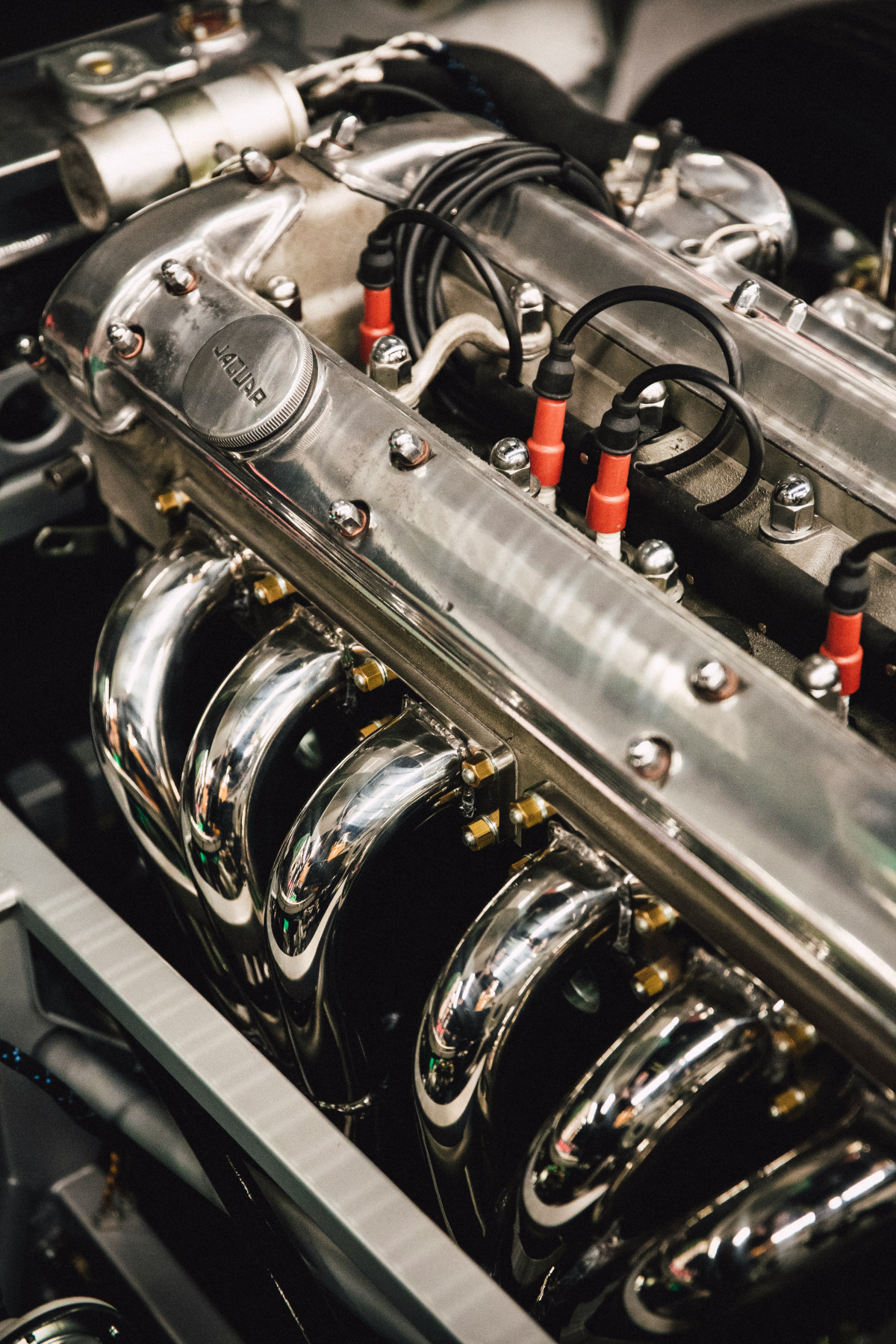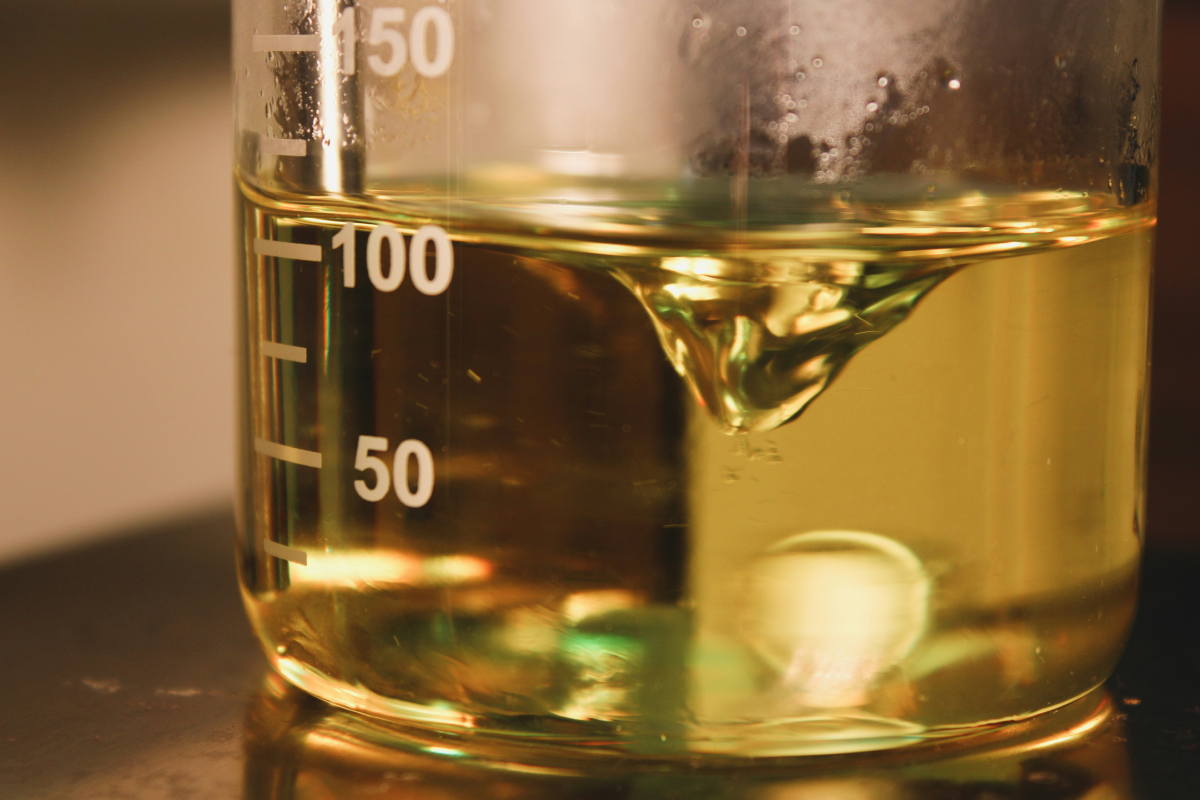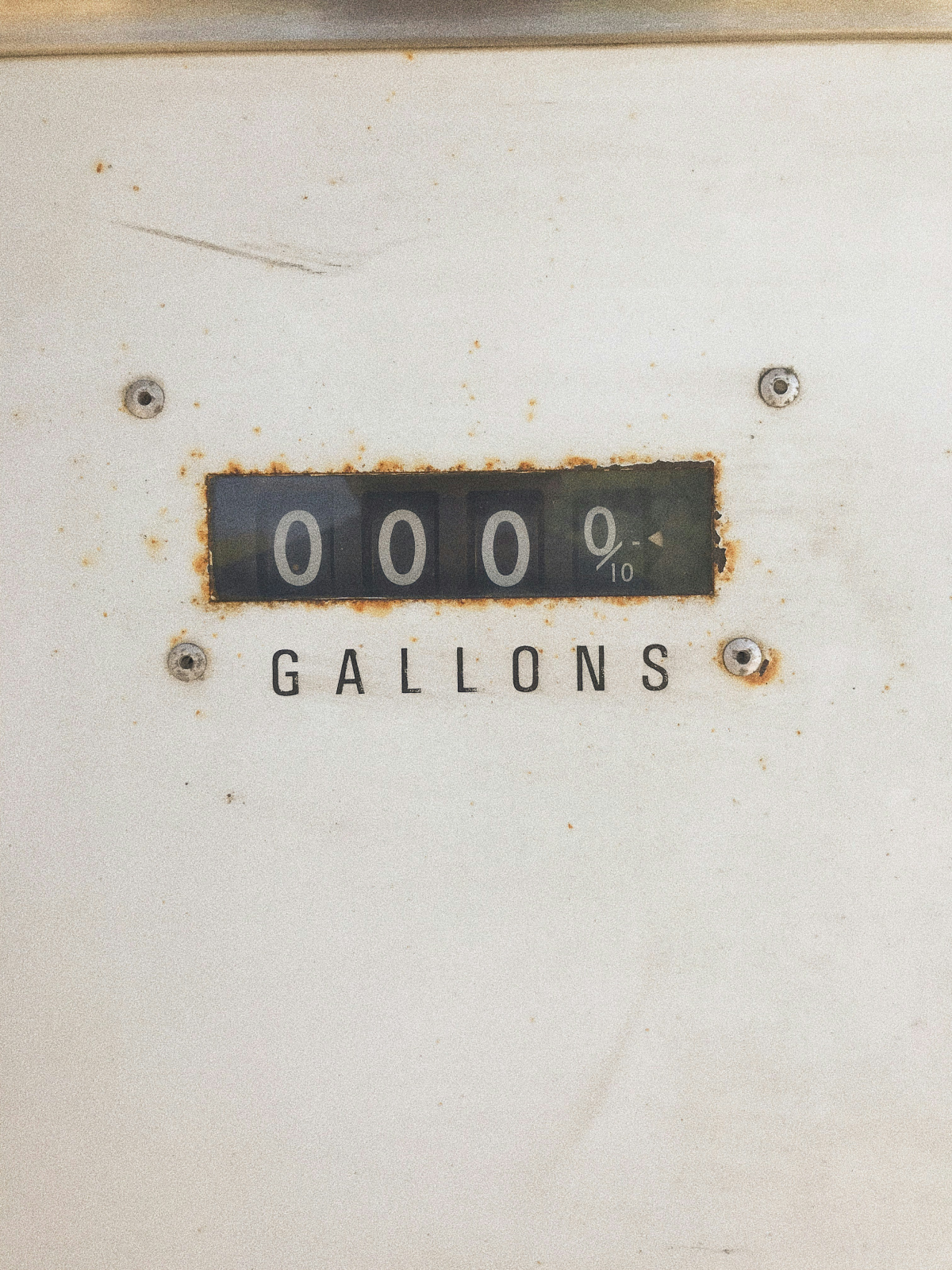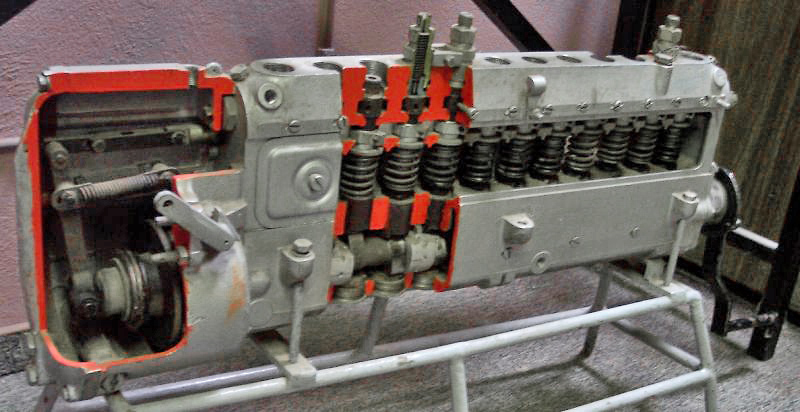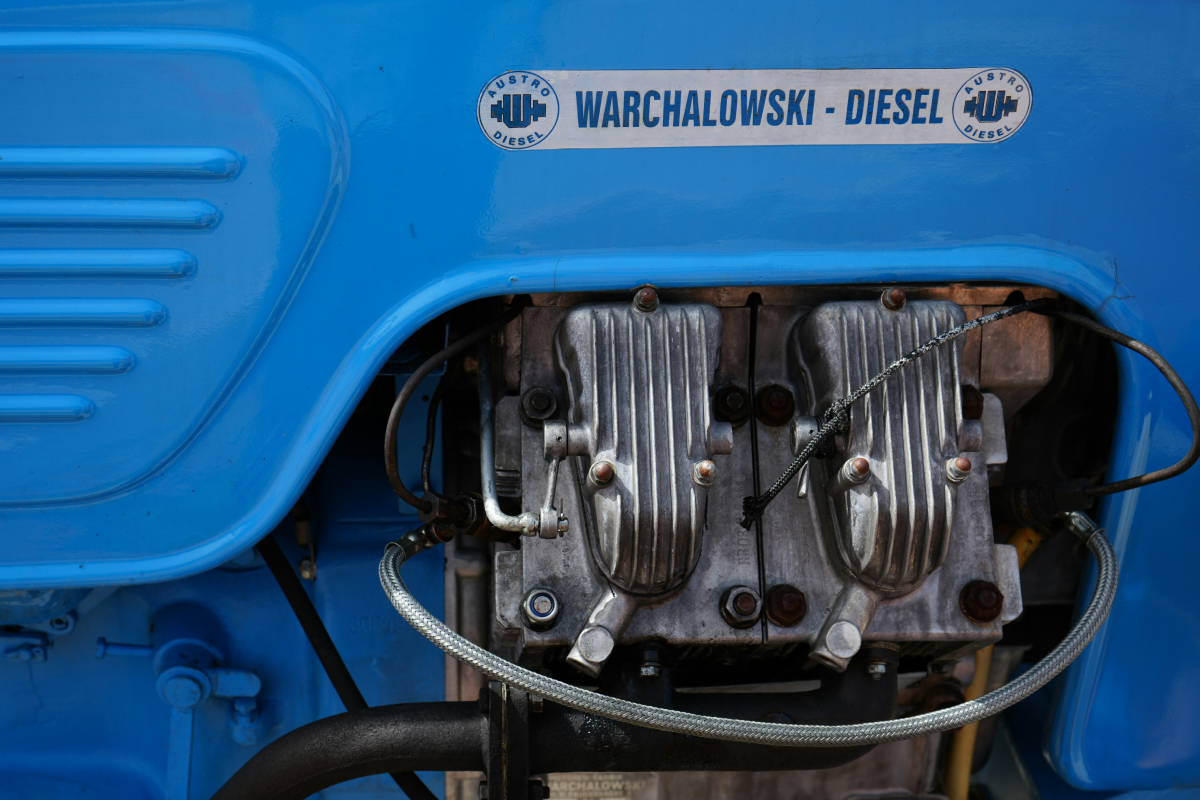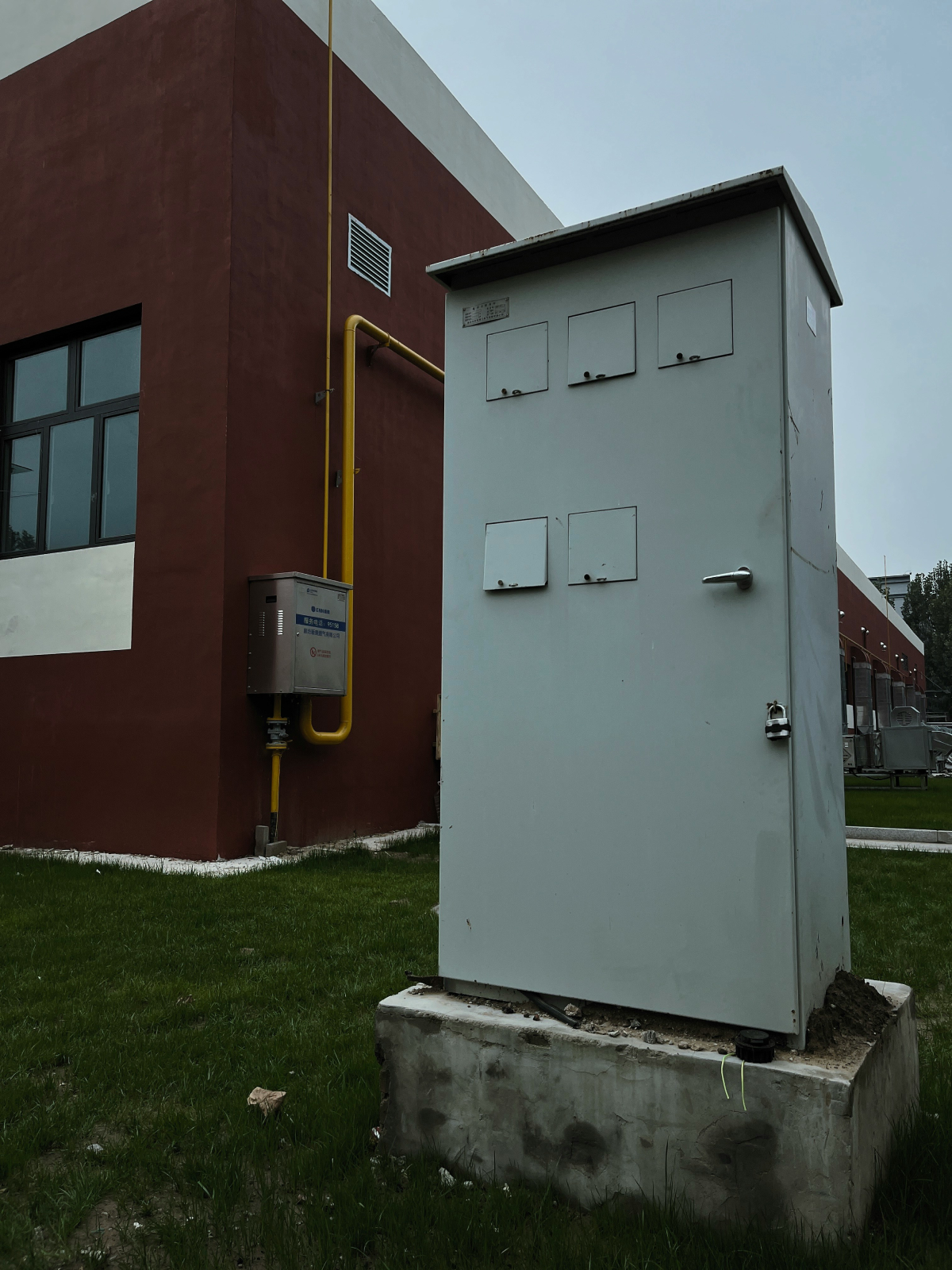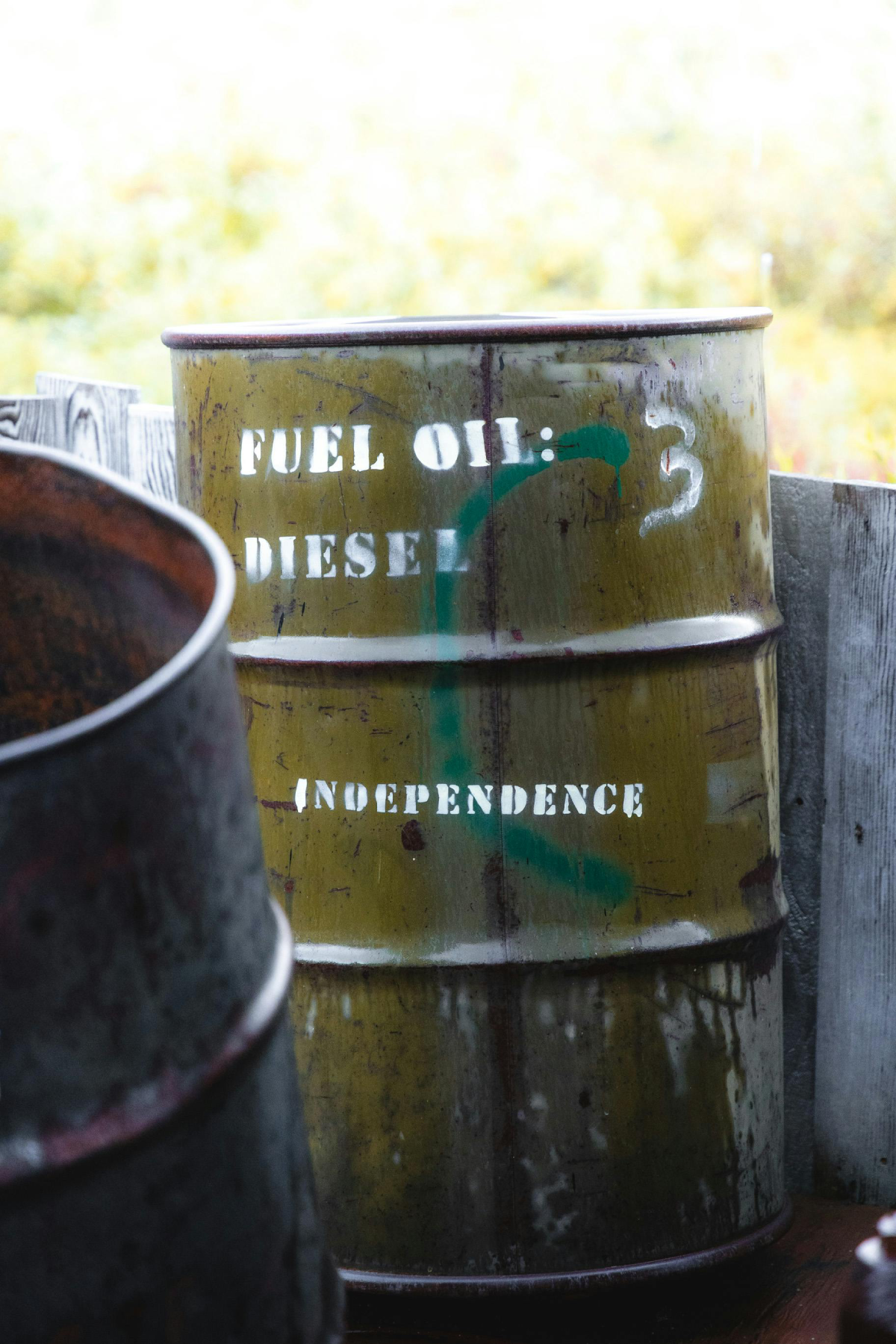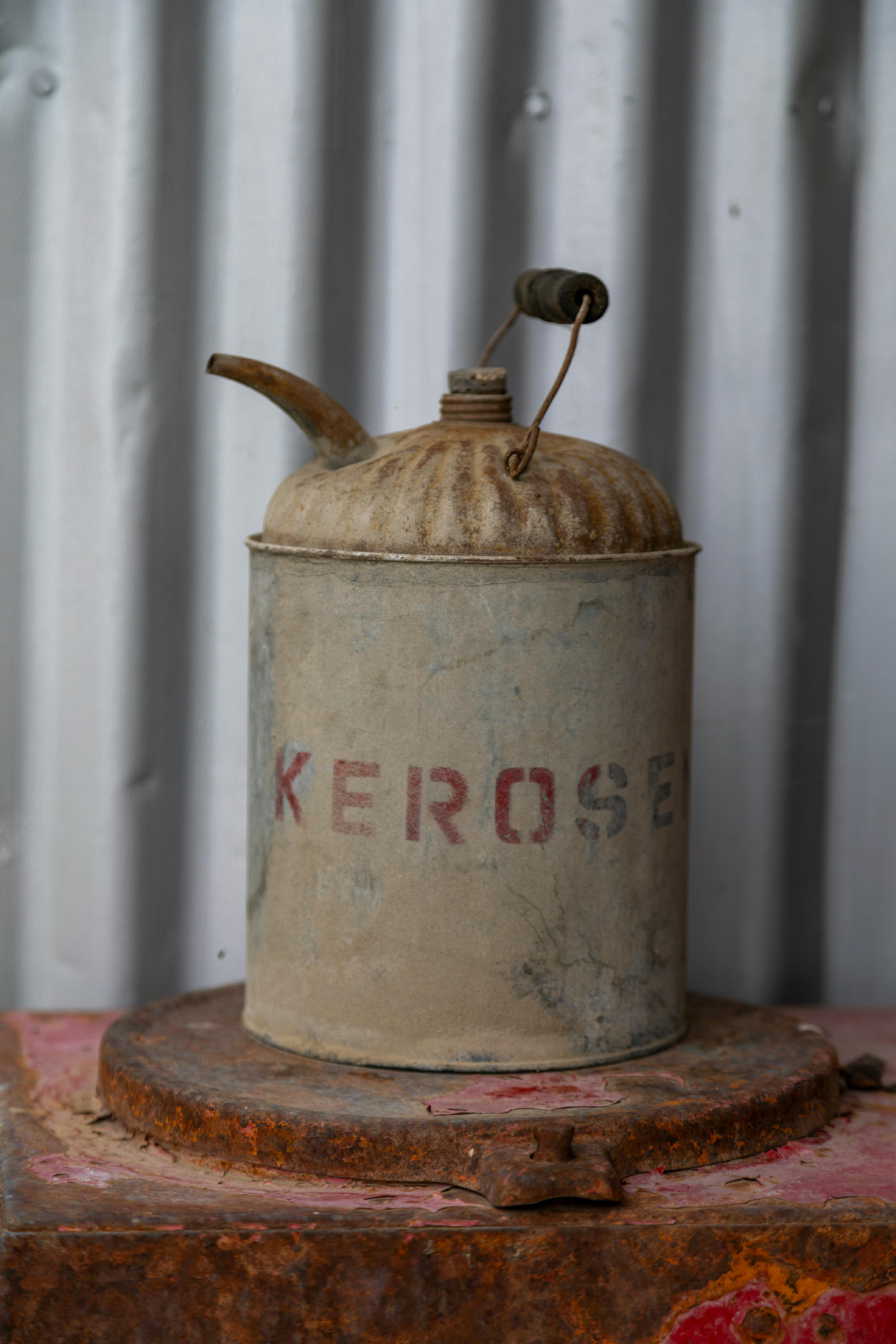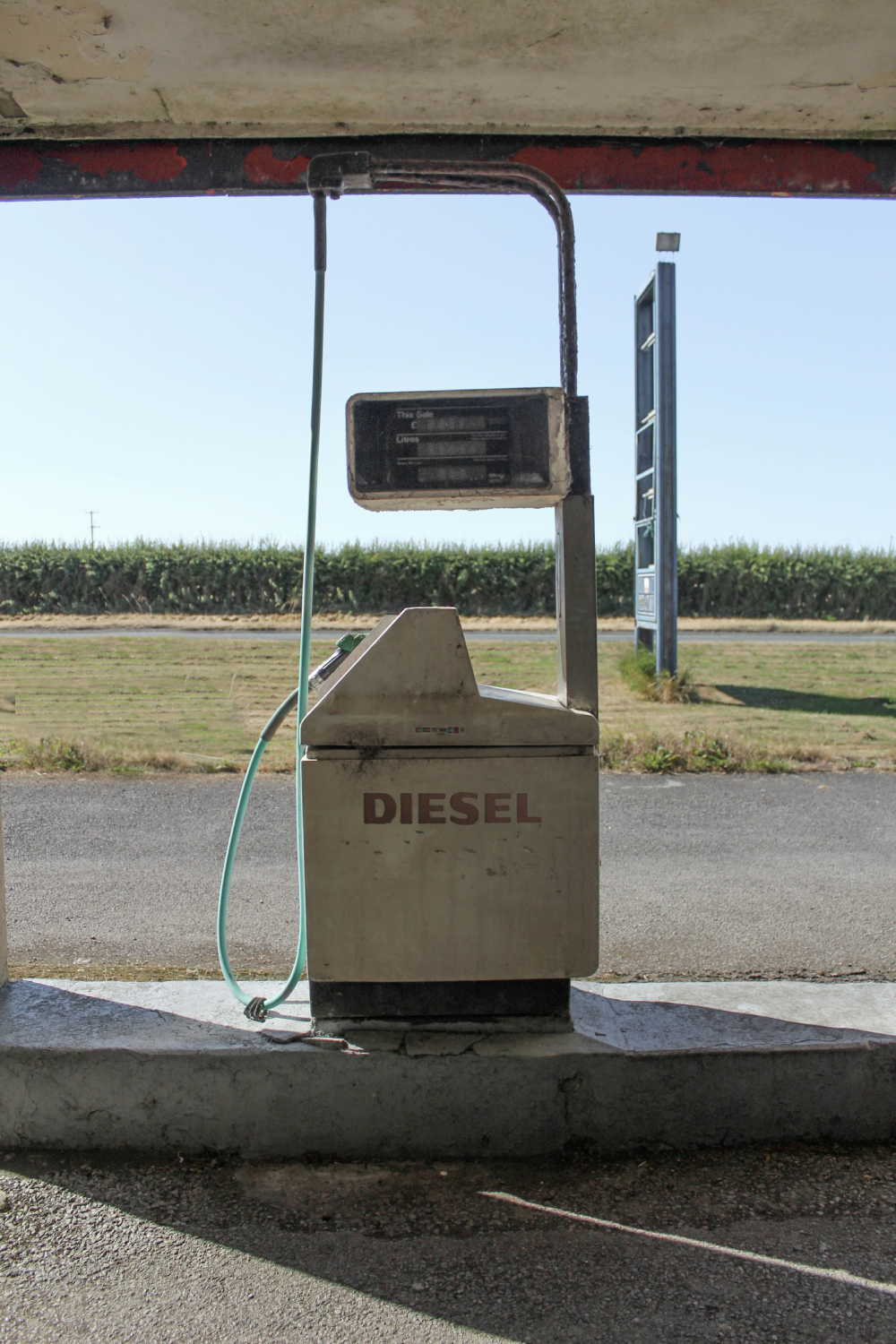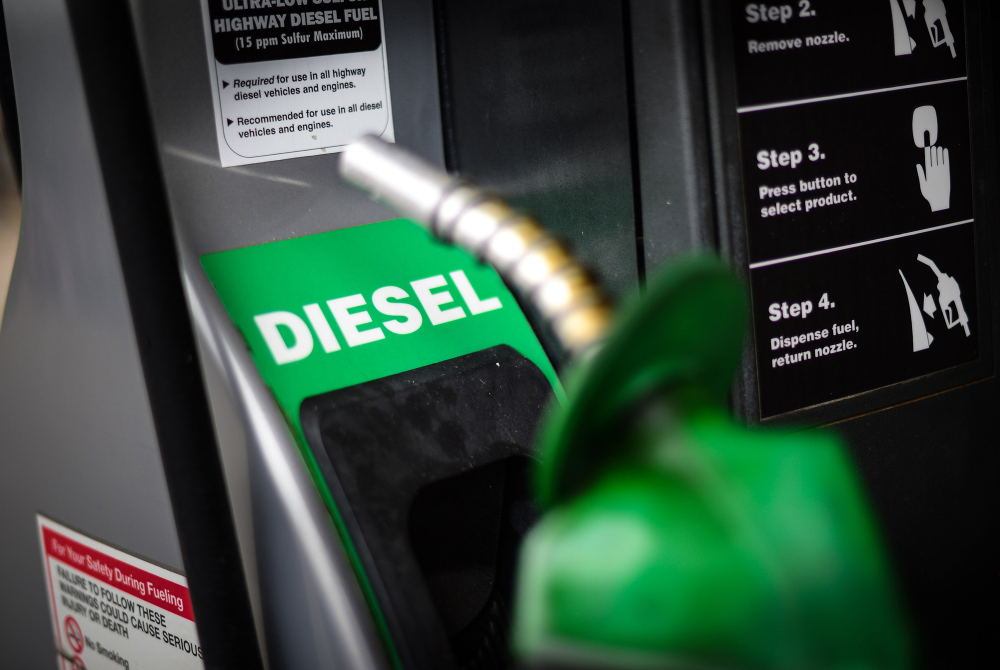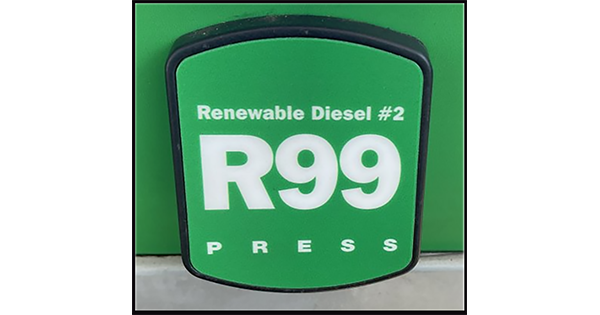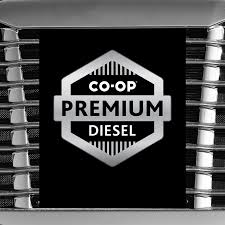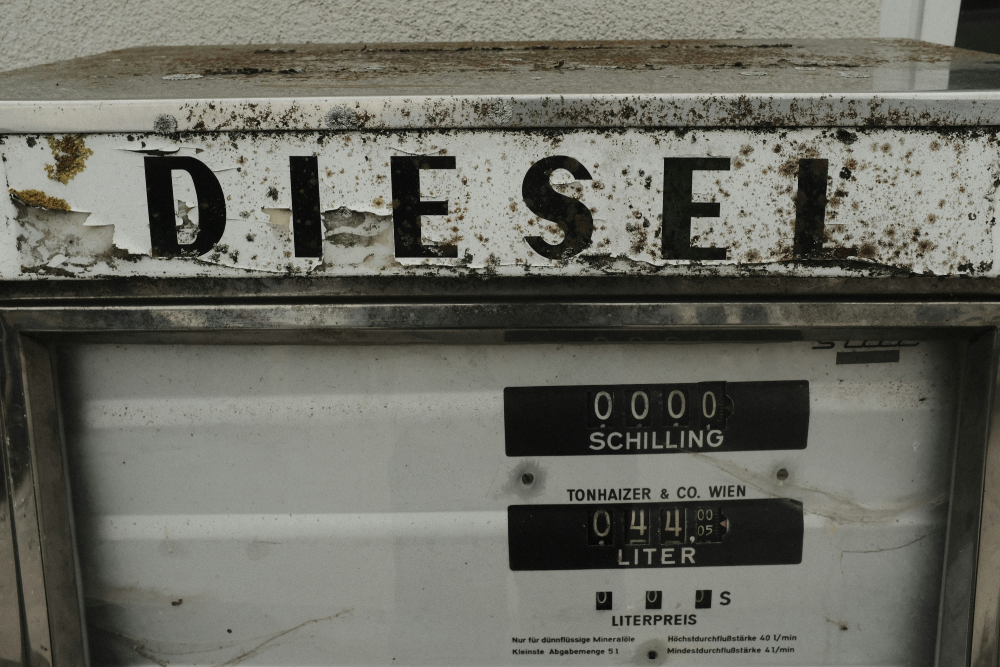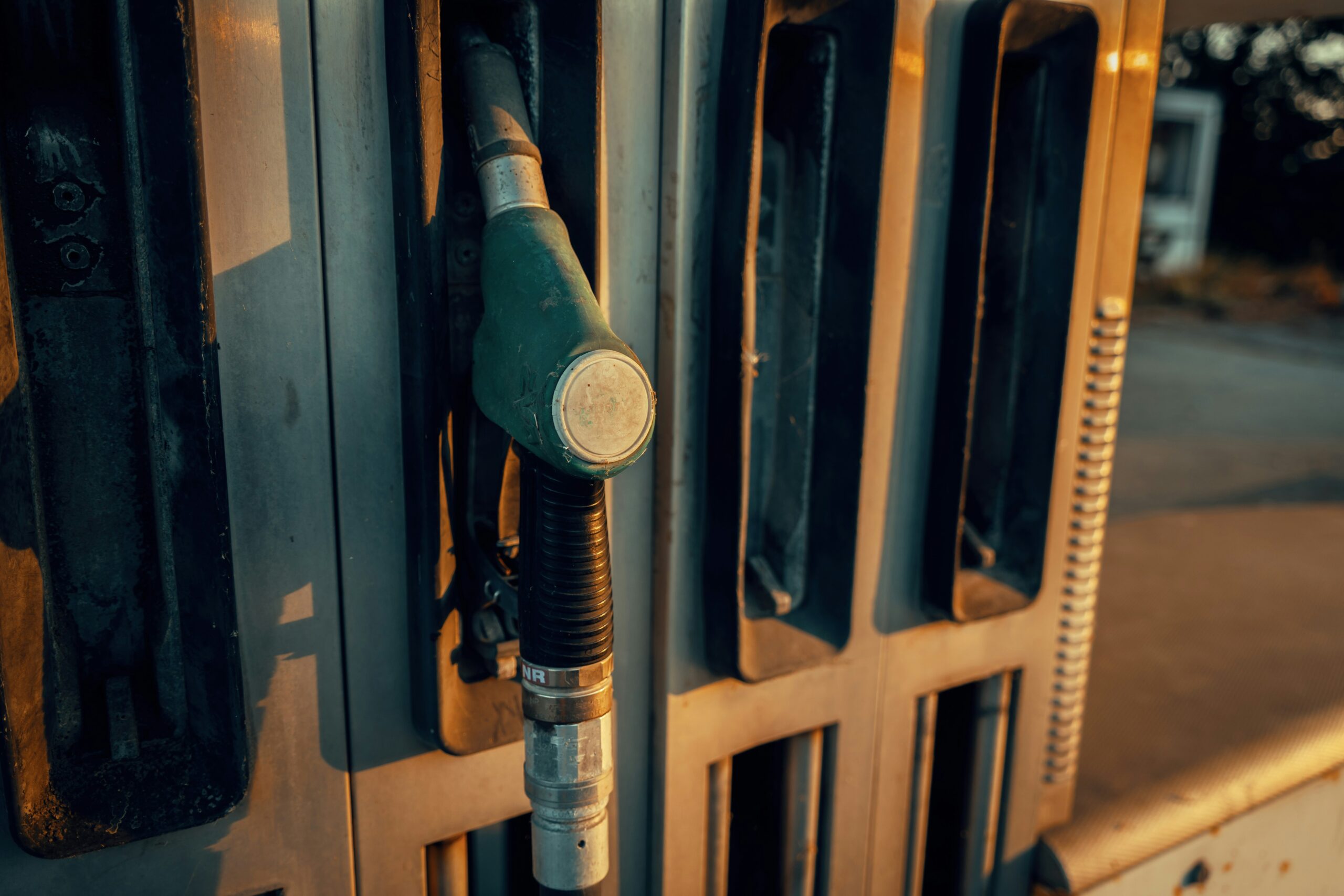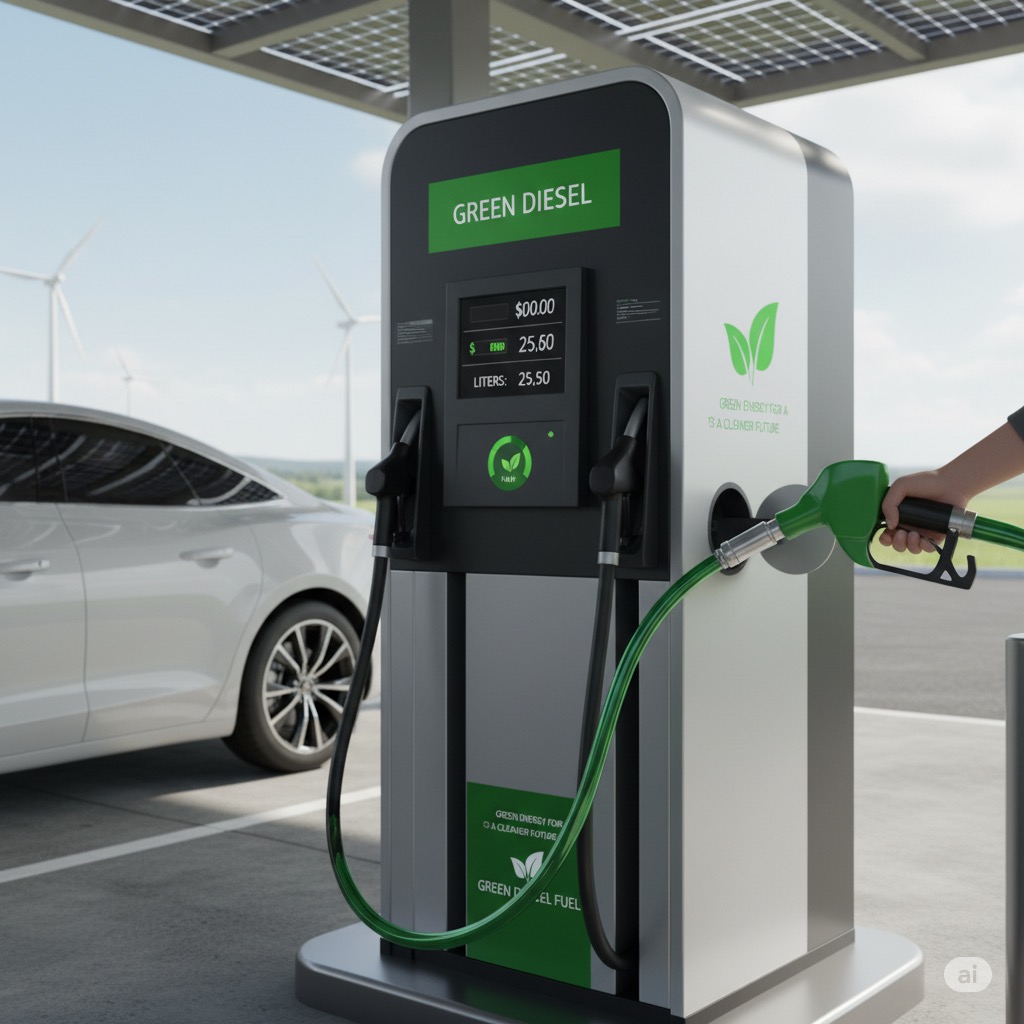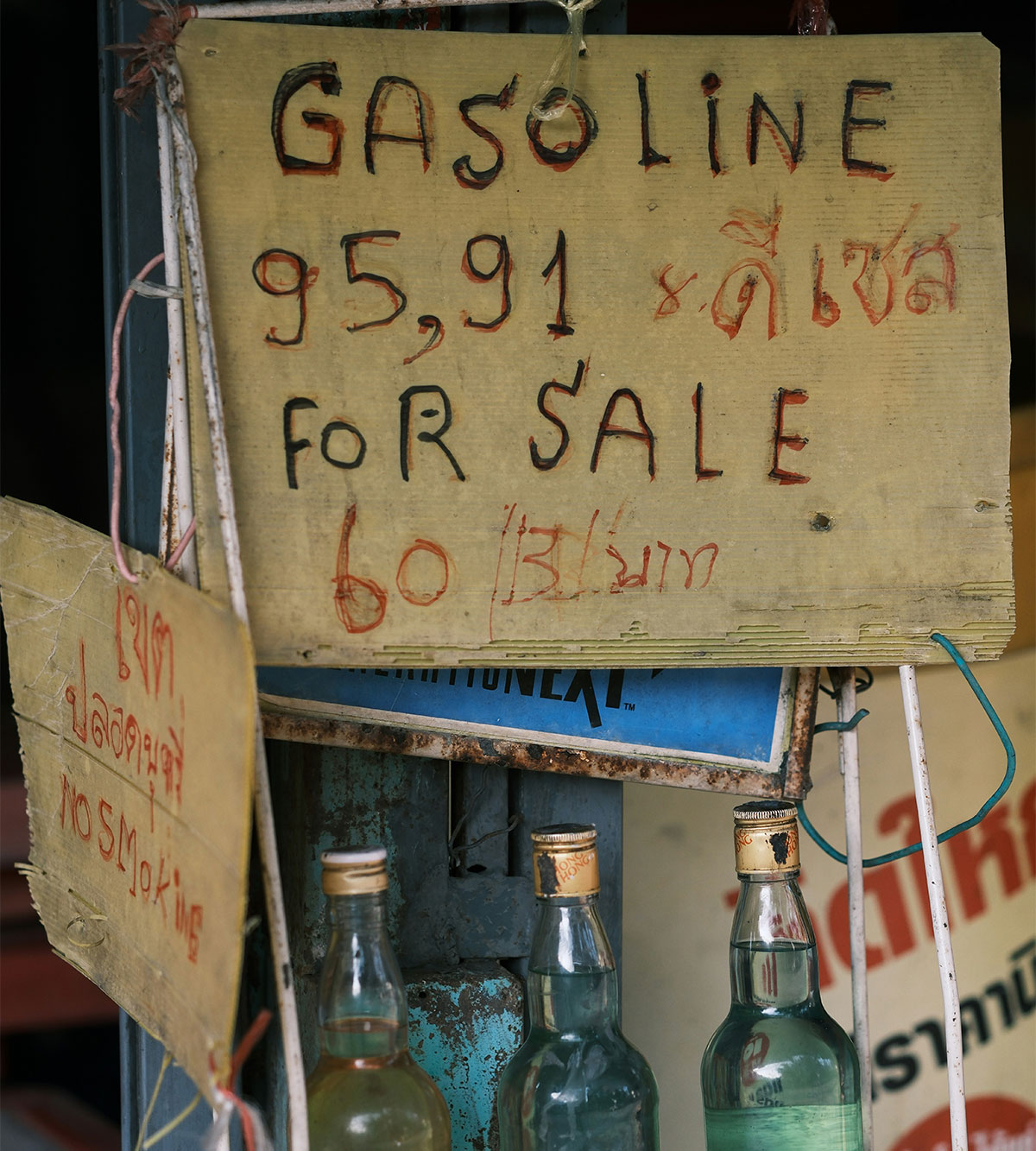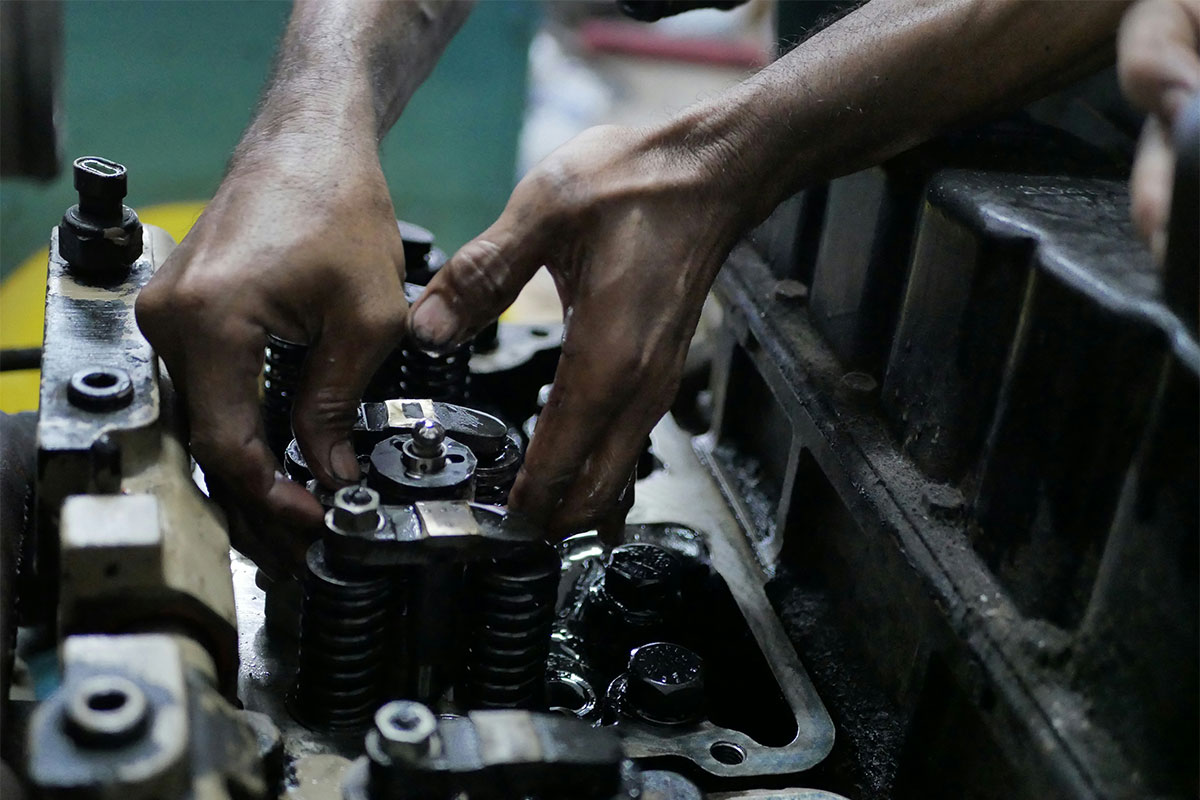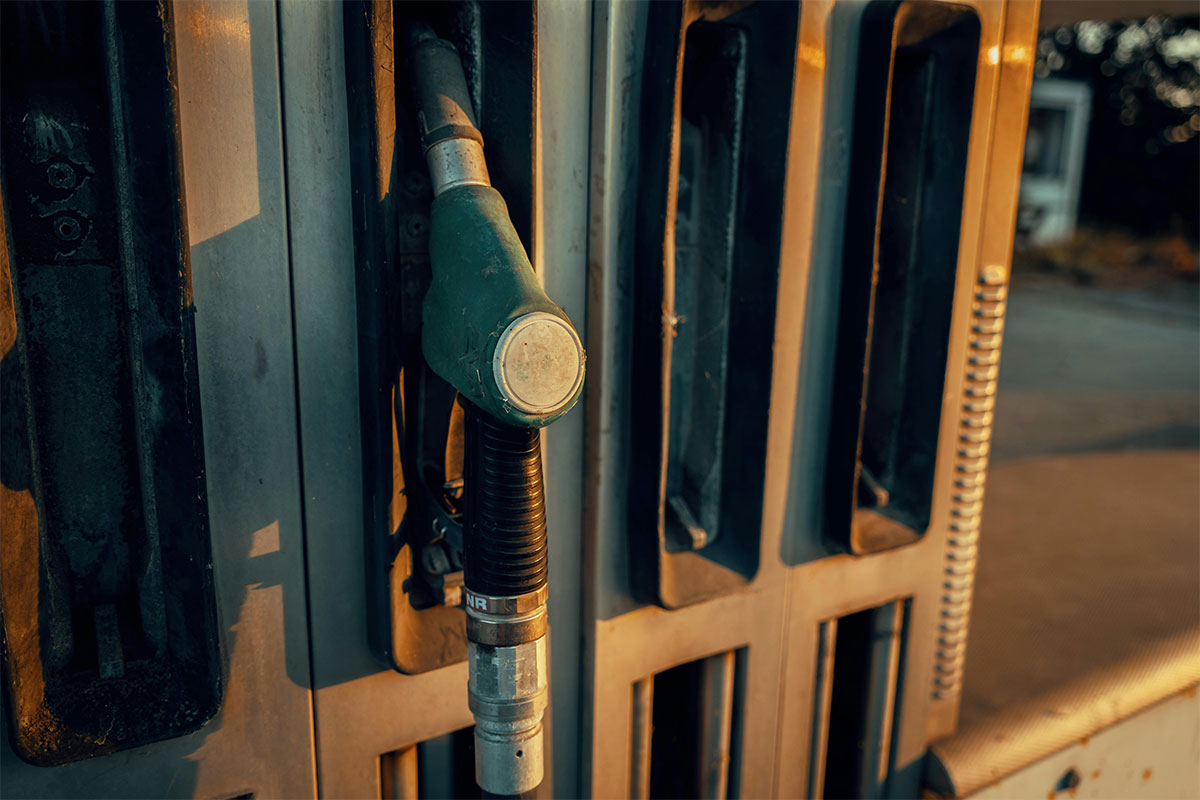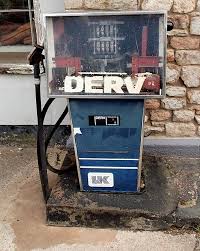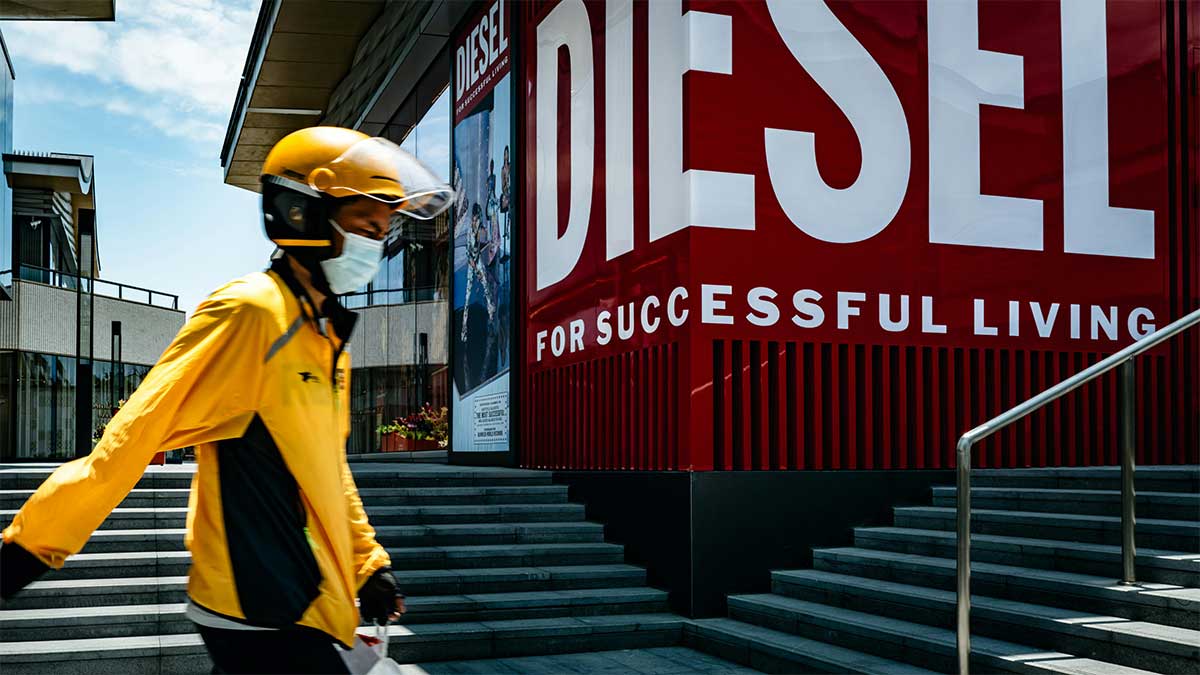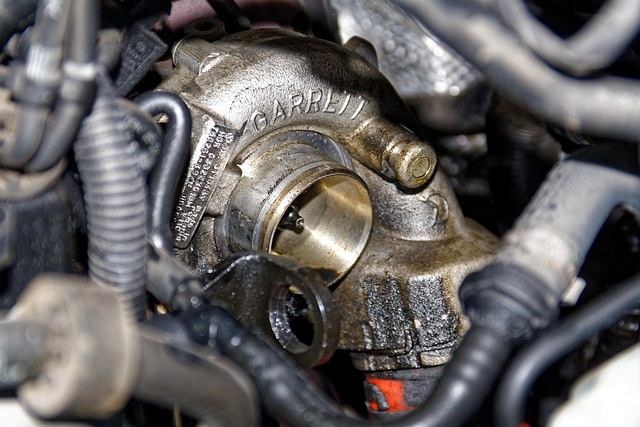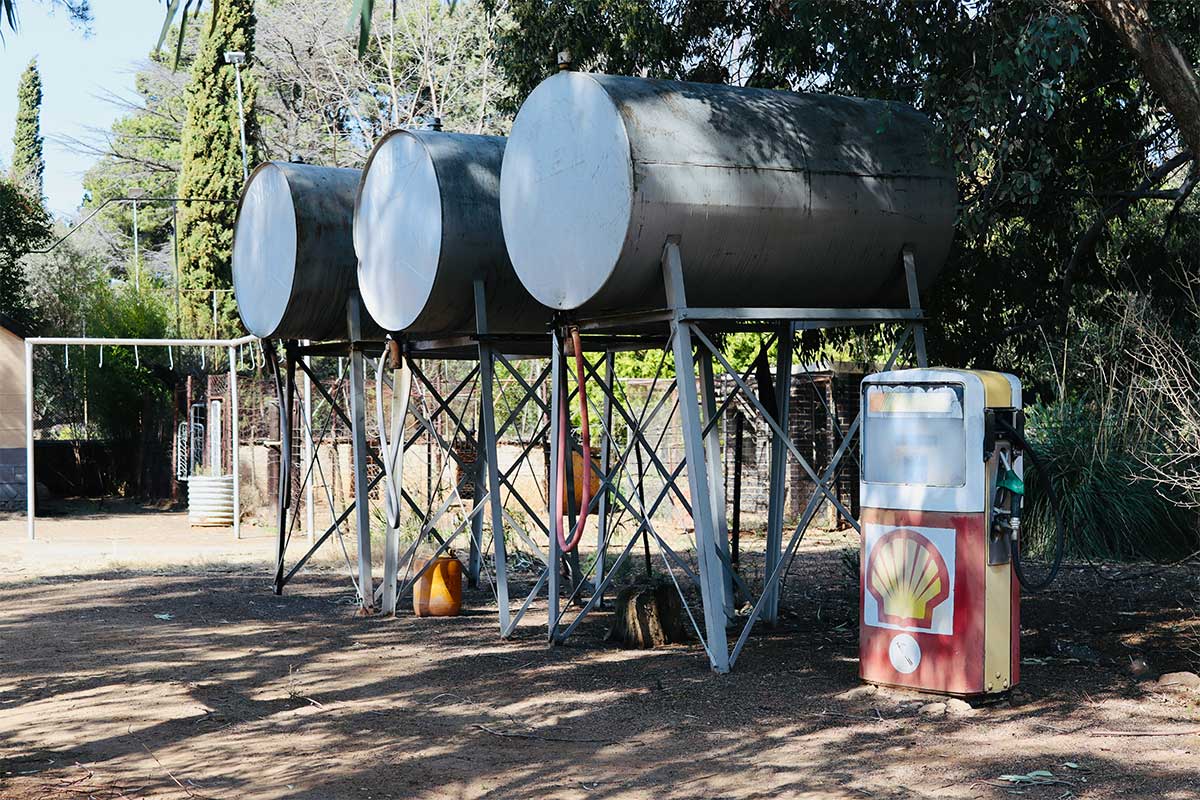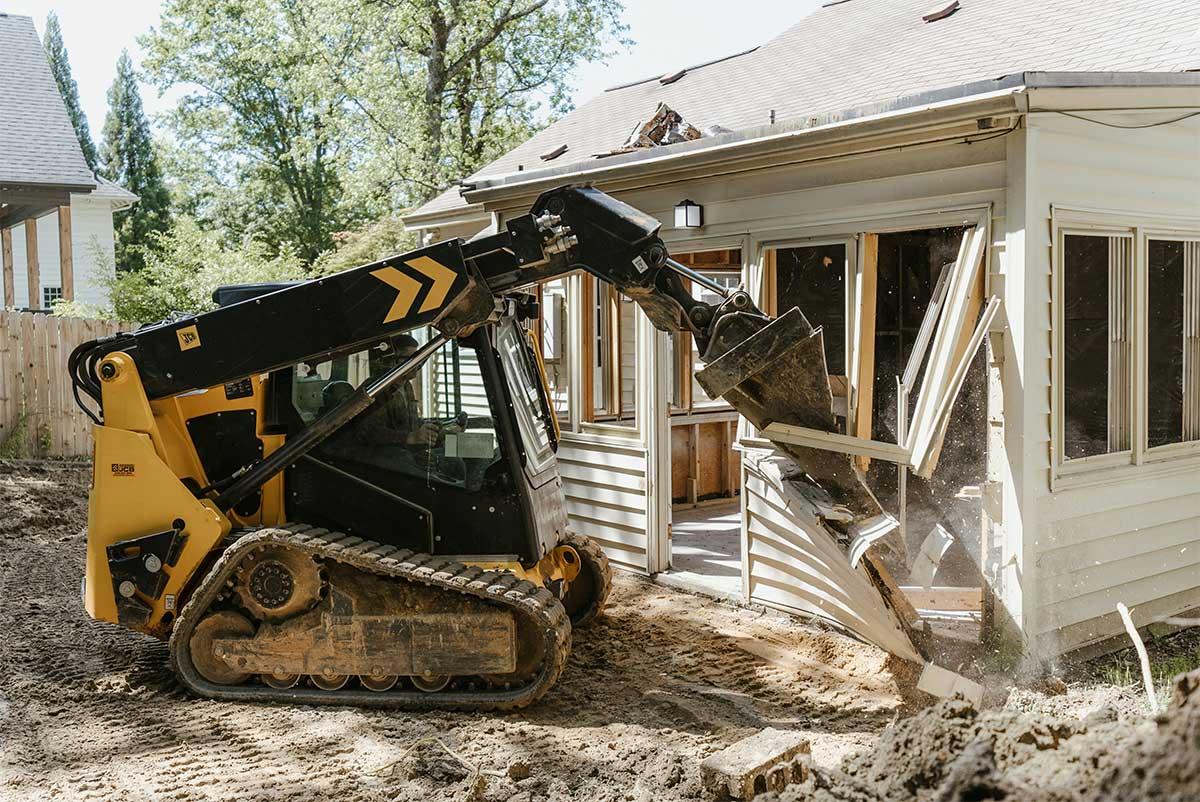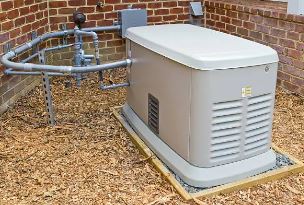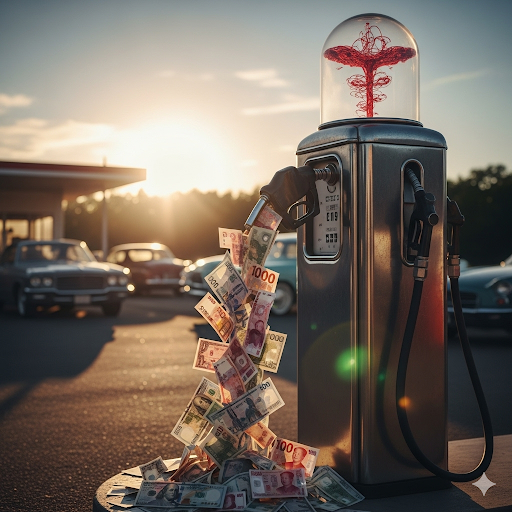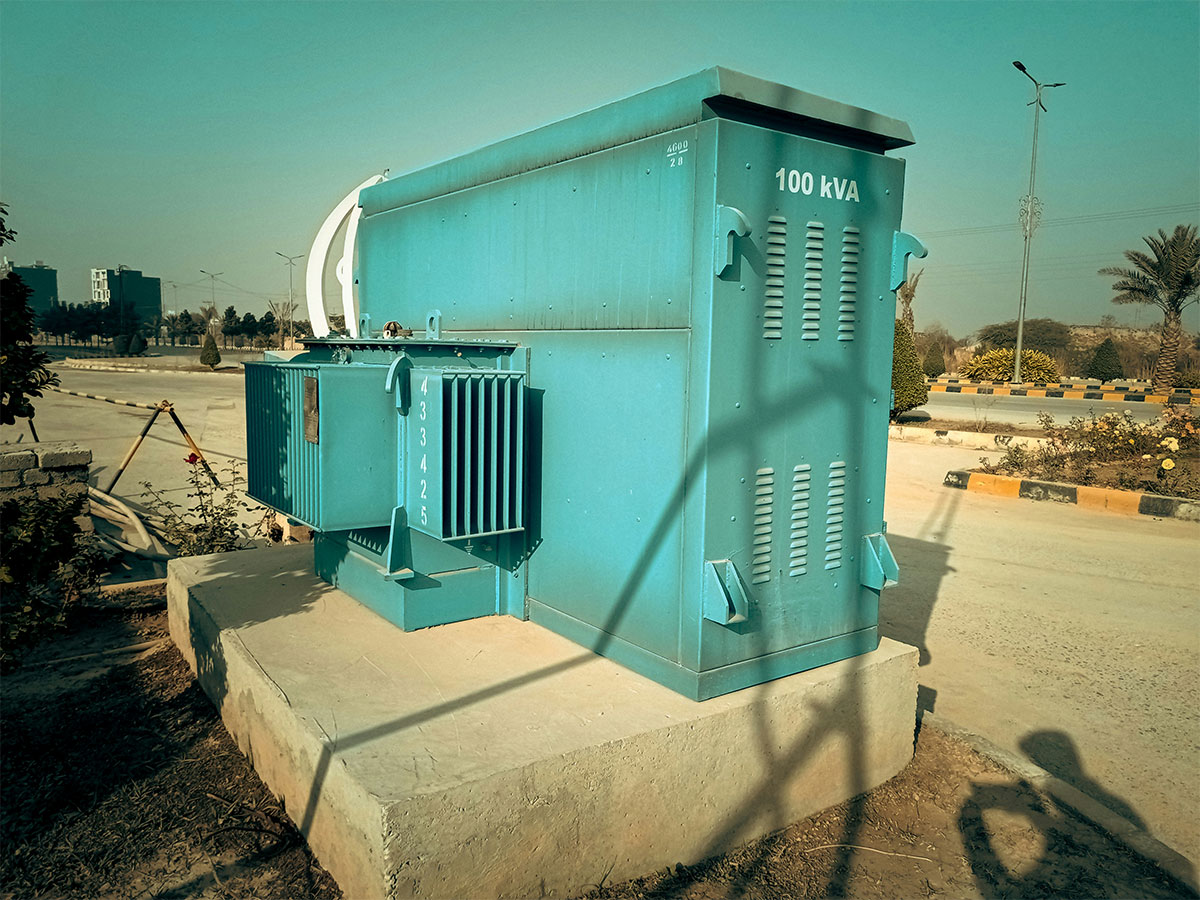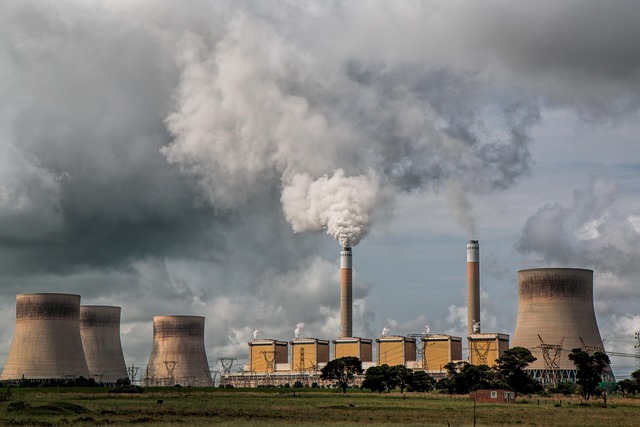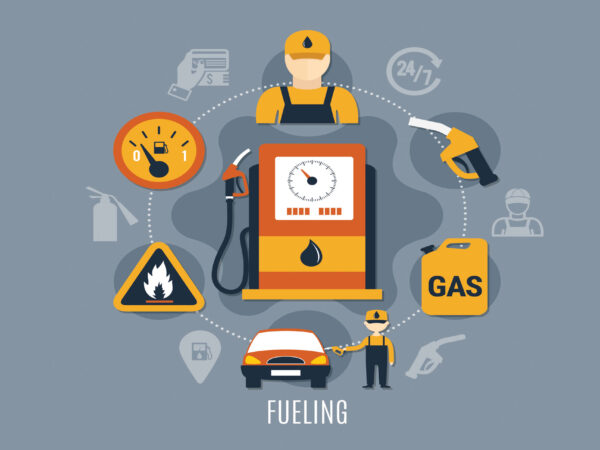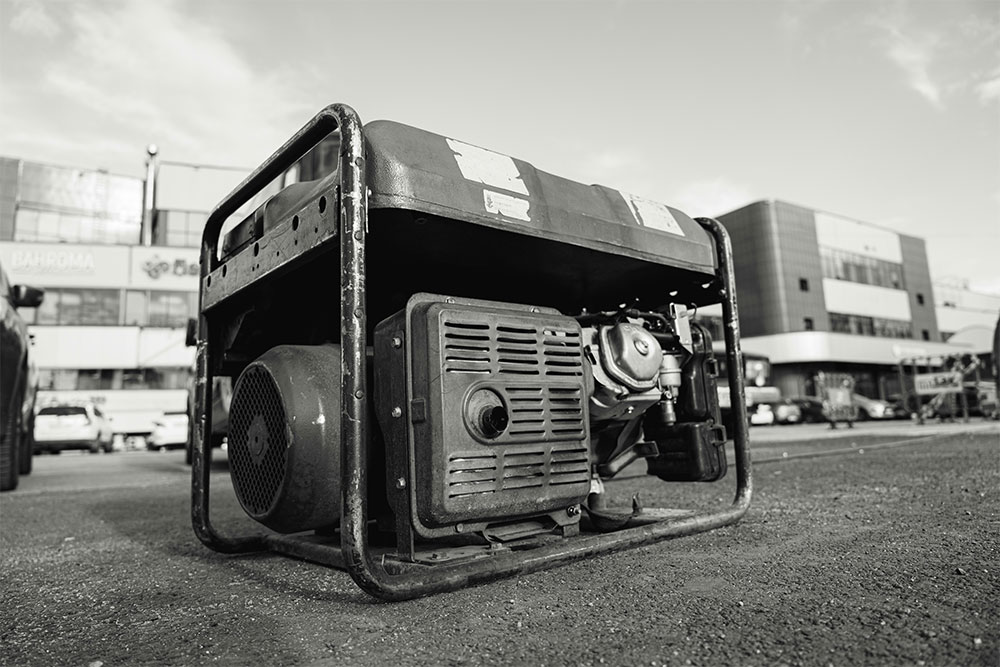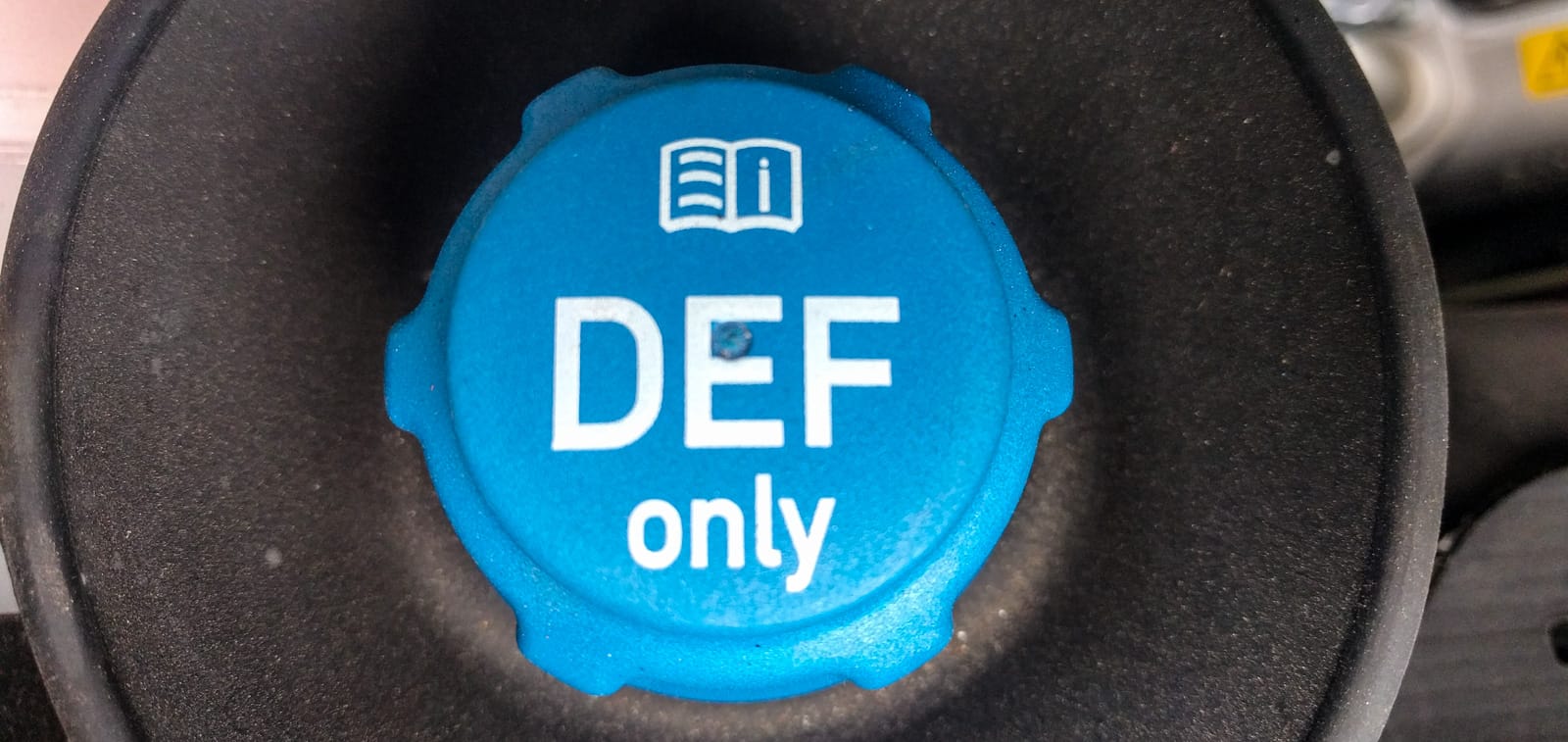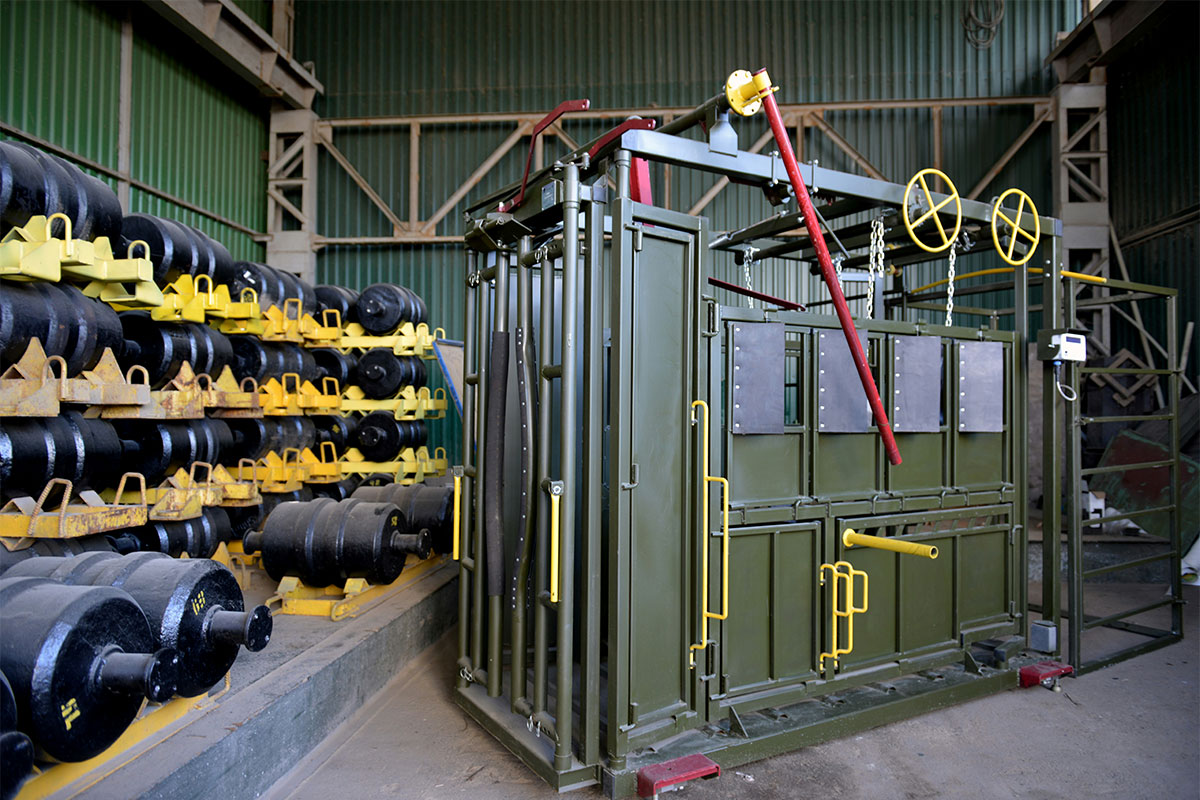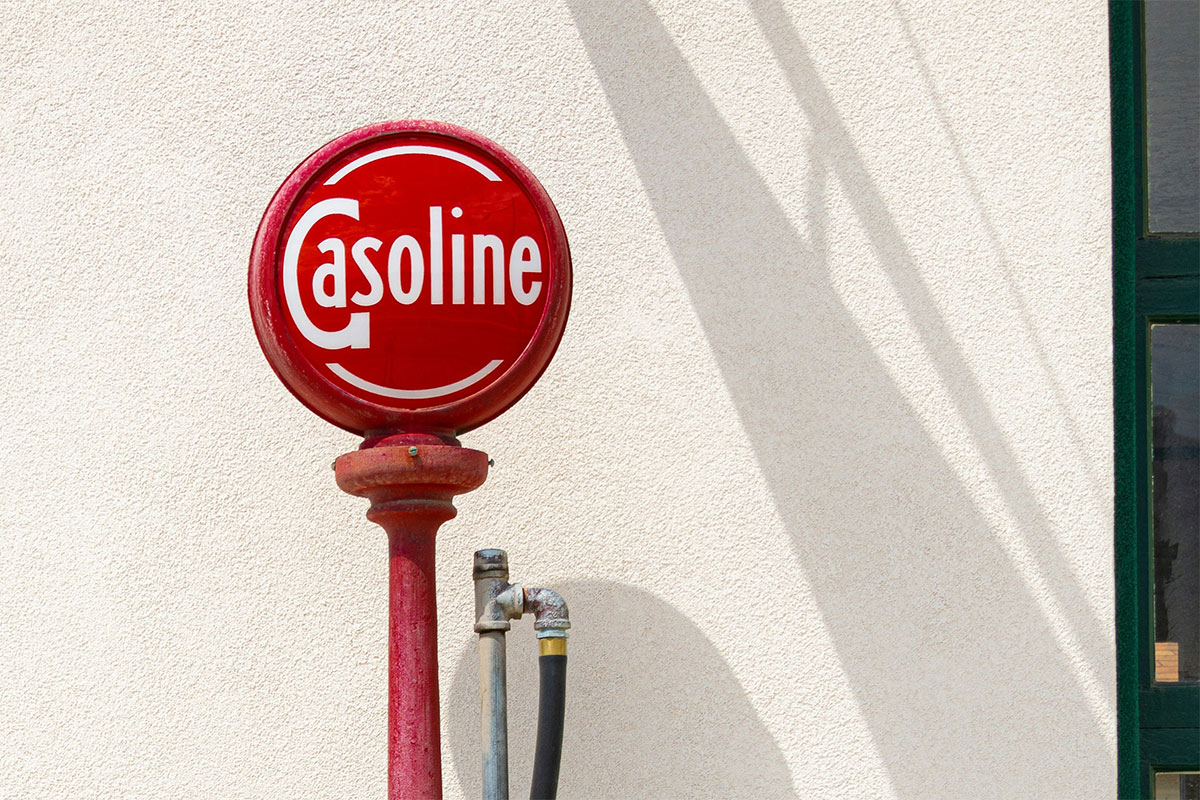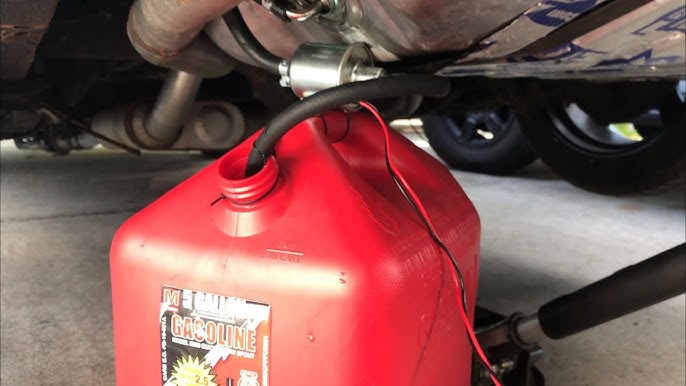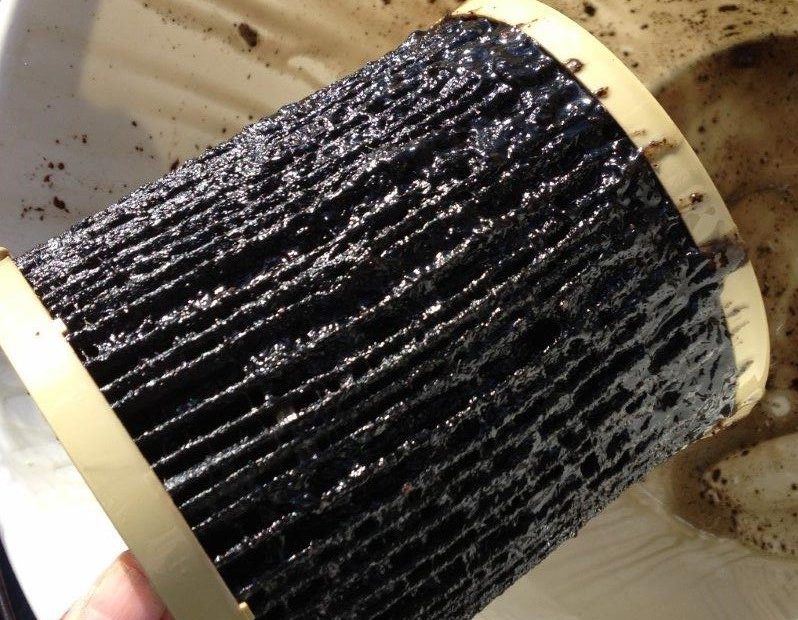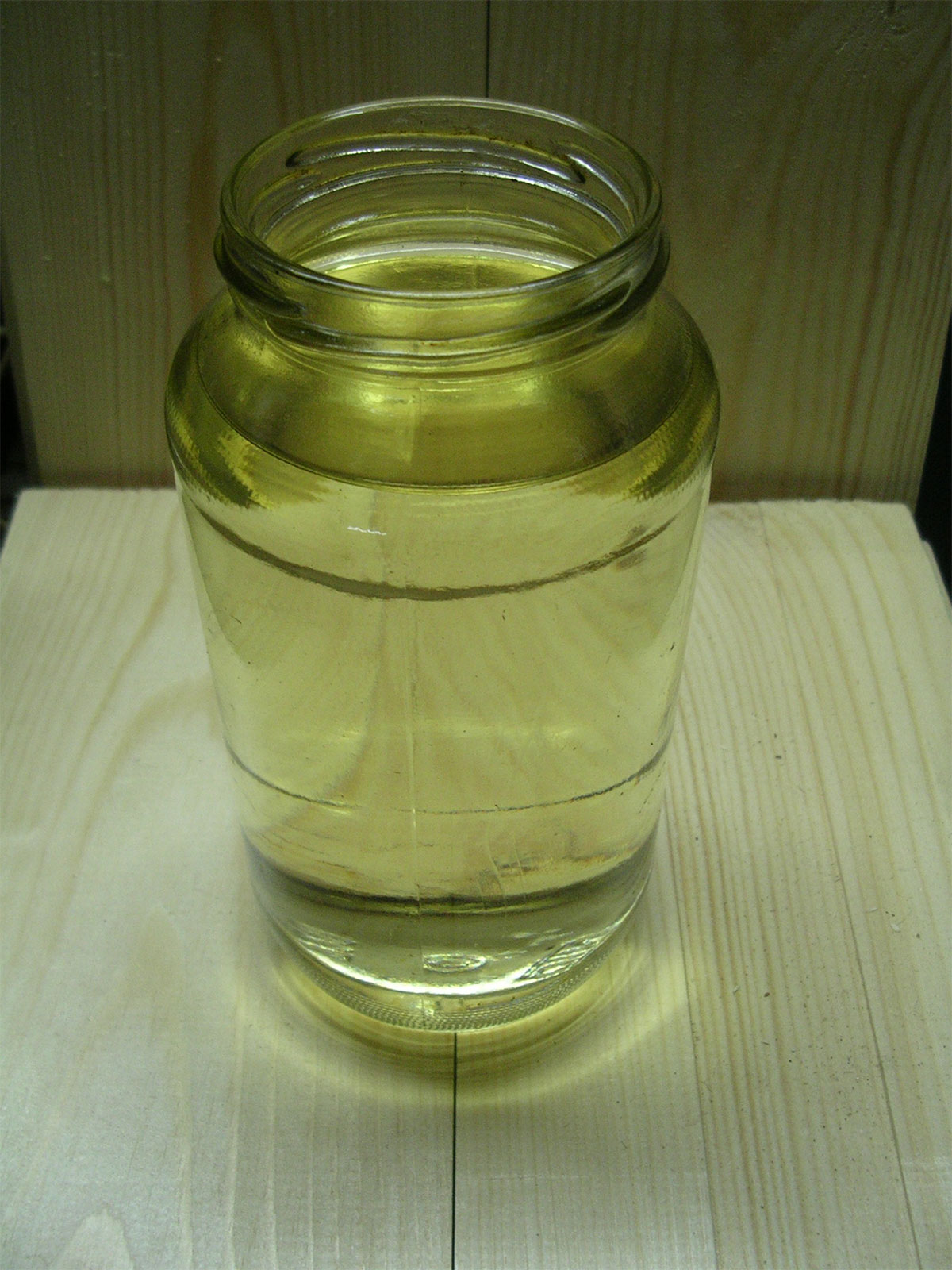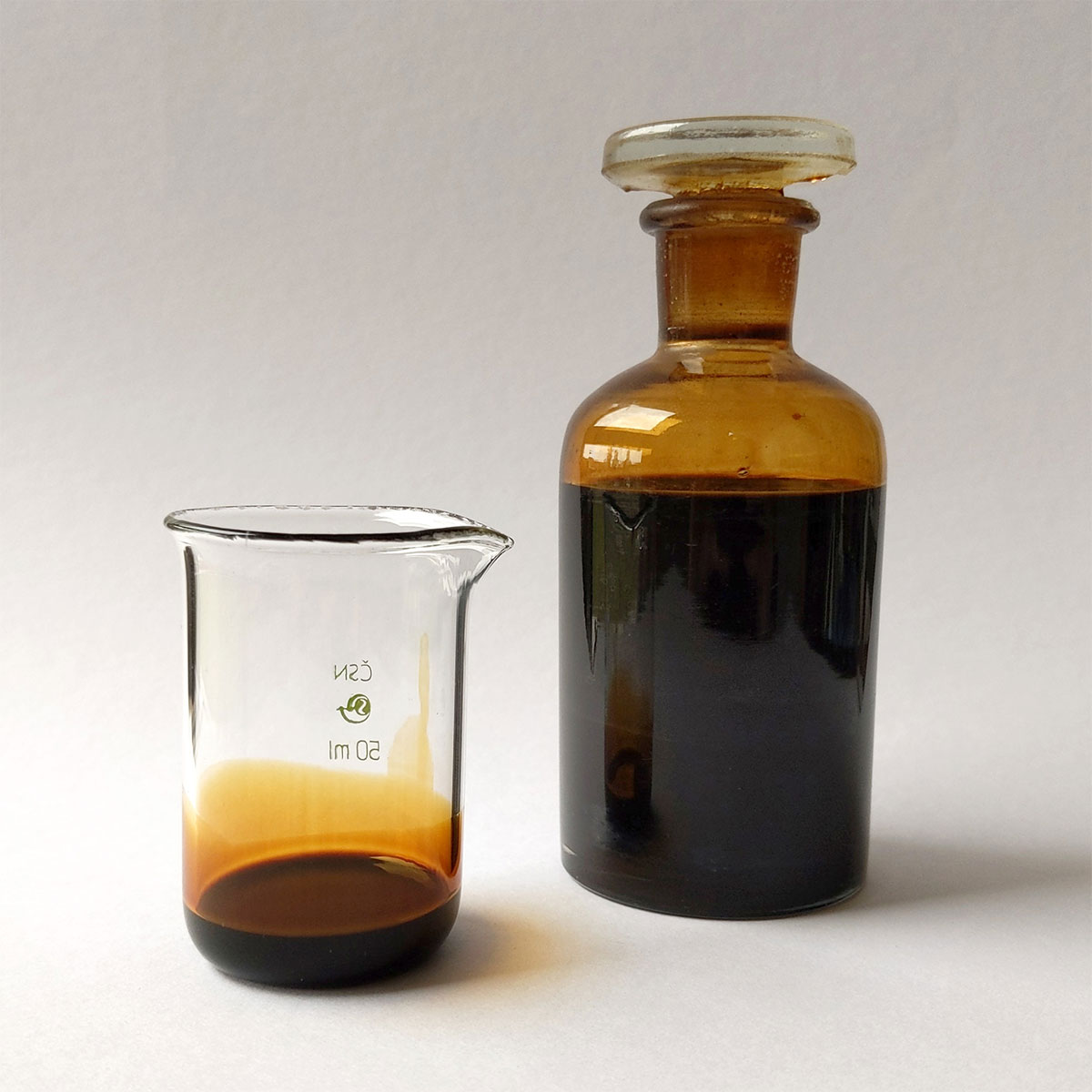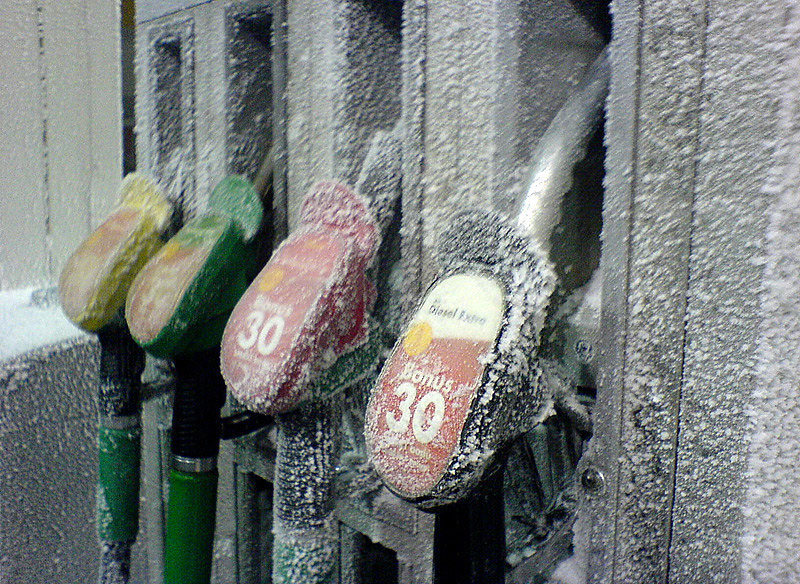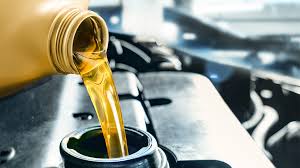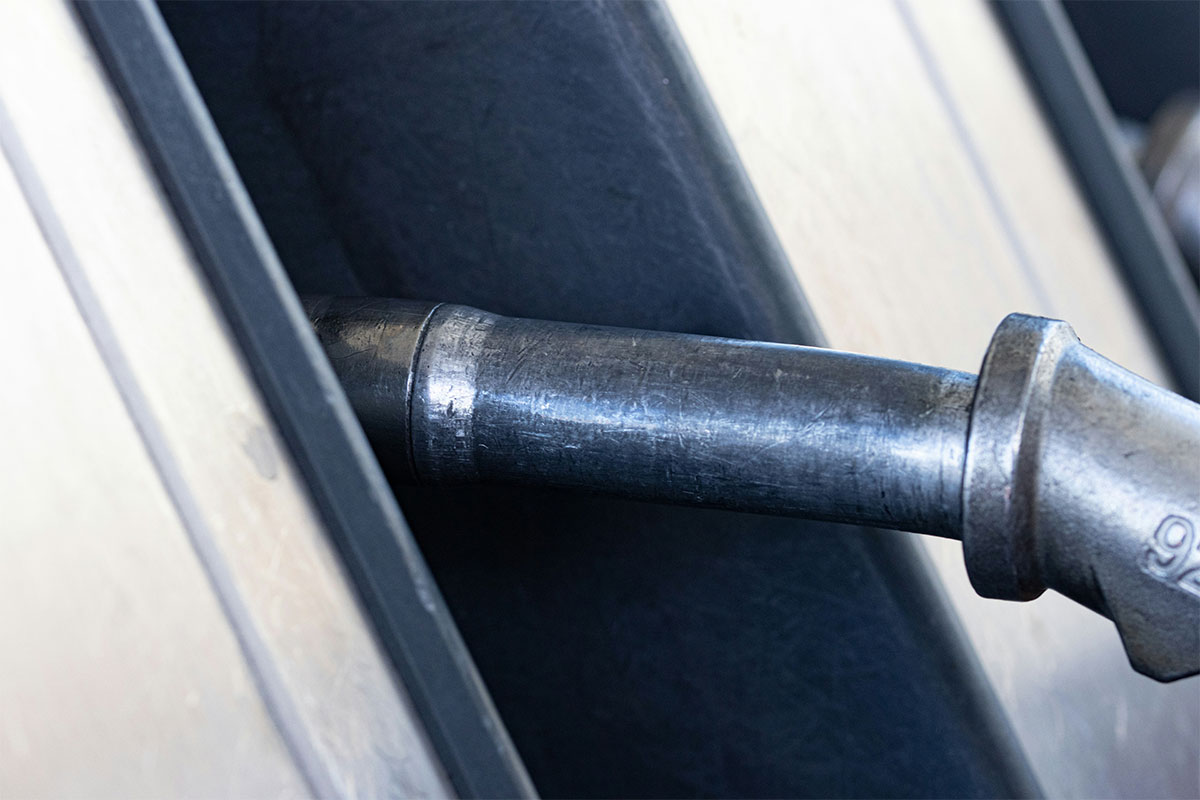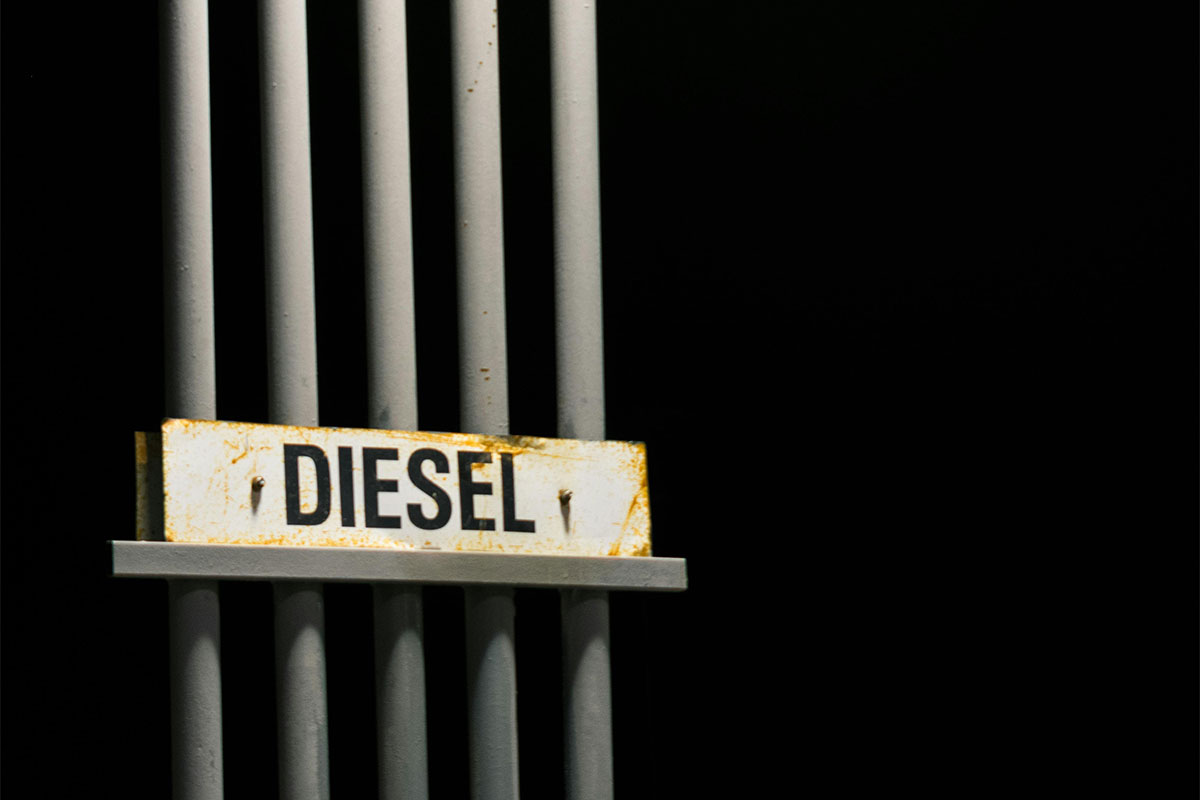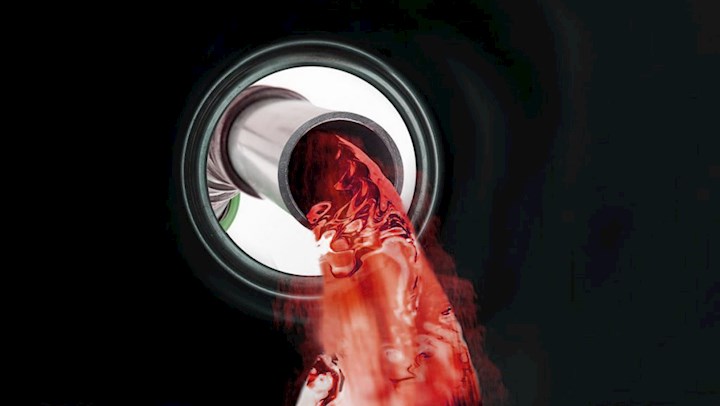Key Takeaways
- Small amounts of diesel can cause misfiring and stalling soon after you start the engine.
- A full or nearly full tank of diesel in a gas car can lead to rapid failure.
- Diesel does not evaporate like gasoline and can stay in the system until it is drained.
- Professional draining and flushing is the safest way to clear the wrong fuel.
- Quick action reduces the risk of long term engine and catalytic converter damage.
Table of Contents
How Long Does It Take For Diesel To Ruin A Gas Engine?
The moment an engine runs on a mixture of diesel and gasoline, damage can begin within minutes. Initially, symptoms may include a rough idle, power loss, or stalling. Continuing to drive will worsen the issue as unburned diesel can foul the spark plugs, coat the injectors, and overload the catalytic converter. The severity of the damage depends on the extent of the contamination. A small amount of diesel in a mostly full tank of gasoline (light contamination) might only cause drivability issues without immediate destruction, provided the vehicle is stopped early. However, a full or nearly full tank of diesel in a gasoline car is much more serious. Once the diesel reaches the fuel rail and combustion chambers, the stress on the engine increases with every revolution. While starting the car and letting it idle briefly is less damaging than driving under a load, both actions can cause harm. The damage accelerates proportionally to the engine’s speed and the heaviness of the load.
How Quickly Can Diesel Fuel Damage A Gas Engine?
Diesel and gasoline ignite and burn differently. Gasoline is designed for spark ignition, whereas diesel uses compression ignition. When diesel is introduced into a gasoline system, the resulting fuel mixture is incompatible with the spark plugs and ignition timing, leading to poor combustion and unburned fuel. Chemically, diesel is heavier, oilier, and has a higher flash point than gasoline. This makes it resistant to ignition by a spark, causing the engine to misfire and dump unburned fuel into the exhaust system. The fuel system also suffers because gasoline injectors are designed for thin fuel. Thicker diesel can strain fuel pumps, clog injectors, and leave sticky deposits on internal components. The effect extends to the spark plugs. Diesel droplets do not burn cleanly, which can coat the spark plug tips. This leads to a weak spark, rough engine running, and difficulty starting, even after the system is refilled with fresh gasoline. The timeline of effects varies. Newer engines, with their precise injection and emission systems, may show warning lights after even a brief exposure. Older engines might run longer, but they will experience a gradual accumulation of damage and a loss of power over time.
Put Diesel In Your Gas Car By Mistake?
If you’ve just realized you pumped diesel into a gas engine, every minute matters. Driving even a short distance can foul plugs, overload your catalytic converter, and turn a simple drain into a full-blown repair. Learn exactly what to do next so you can stop safely, avoid starting the engine, and keep damage (and costs) as low as possible.
How Long Will A Gas Engine Run On Diesel?
How long the engine runs on diesel mix depends on how much diesel is in the tank and when you notice symptoms. In some cases the car will not start at all. In others it may run for a short distance before stalling. Typically, this is what happens:
- Mostly gasoline with a small amount of diesel: The car may start and run but feel sluggish. You might travel a few kilometres before misfiring or stalling. Damage risk is lower if you stop as soon as you notice trouble.
- Half gasoline and half diesel: The engine may start, then hesitate and lose power. Many cars will stall within a short drive as injectors and plugs foul.
- Mostly diesel in the tank: The car may crank but fail to start. If it does start it will usually run only briefly with heavy smoke and severe roughness before it cuts off.
- Full diesel in a gas engine: Often the engine will not run at all, which can be a small advantage because it prevents further internal damage.
How Long Can Diesel Stay In A Gas Tank Before Causing Damage?
This table breaks down how long diesel takes to start causing damage in a gas engine
| Time diesel sits in gas tank | Typical impact on system | Recommended action |
|---|---|---|
| Minutes to 1hour | Fuel still mostly in tank and lines | Do not start the car, arrange immediate draining |
| A few hours to one day | Diesel can reach pump and rail if car is started | Tow to a workshop for full drain and flush |
| Several days | Diesel may separate and form deposits in tank | Professional cleaning of tank, lines, and filters |
| Weeks or longer | Higher chance of sludge and filter blockage | Full system service, possible part replacement |
Diesel will not magically become safe over time. The longer it stays in the tank and lines, the more likely it is to form deposits and cause problems when you try to drive again.
Worried You Already Damaged Your Gas Engine With Diesel?
Maybe you started the car, drove a few kilometres, or noticed rough idle and smoke—and now you’re panicking about “how bad it really is.” Use a simple checklist based on how far you drove, how much diesel you added, and what symptoms you saw to estimate your damage risk before you talk to a mechanic.
Does Diesel Evaporate From A Gas Tank Over Time?
Diesel does not evaporate like gasoline. Gasoline is volatile and turns to vapour relatively quickly. Diesel is heavier and more oily, so it stays in liquid form and clings to surfaces. Even if some lighter components slowly disappear, enough diesel remains to interfere with normal gasoline operation. It can leave a thin film inside the tank, fuel lines, and injectors. This residue can cause poor combustion and misfires long after the first mistake. Relying on time and natural dissipation is not safe. The correct approach is to remove contaminated fuel, replace filters, and flush the system with clean gasoline. That is the only reliable way to protect the engine.
How Long Does It Take To Flush Diesel Out Of A Car?
Flushing time depends on tank size, how much diesel entered, and the tools used. A professional technician with proper equipment can usually drain and flush a typical car in a few hours. This often includes removing fuel from the tank, cleaning or replacing filters, and clearing lines. The time needed is affected by:
- Tank capacity and shape, since complex tanks take longer to drain fully.
- Percentage of diesel in the mix, because heavy contamination may require repeated flushing.
- Access to the tank and fuel lines in that specific model.
- Whether injectors need to be removed and cleaned or replaced.
DIY methods using hand pumps or improvised hoses are slower and risk leaving pockets of diesel in the system. Professional flushing is faster and more complete.
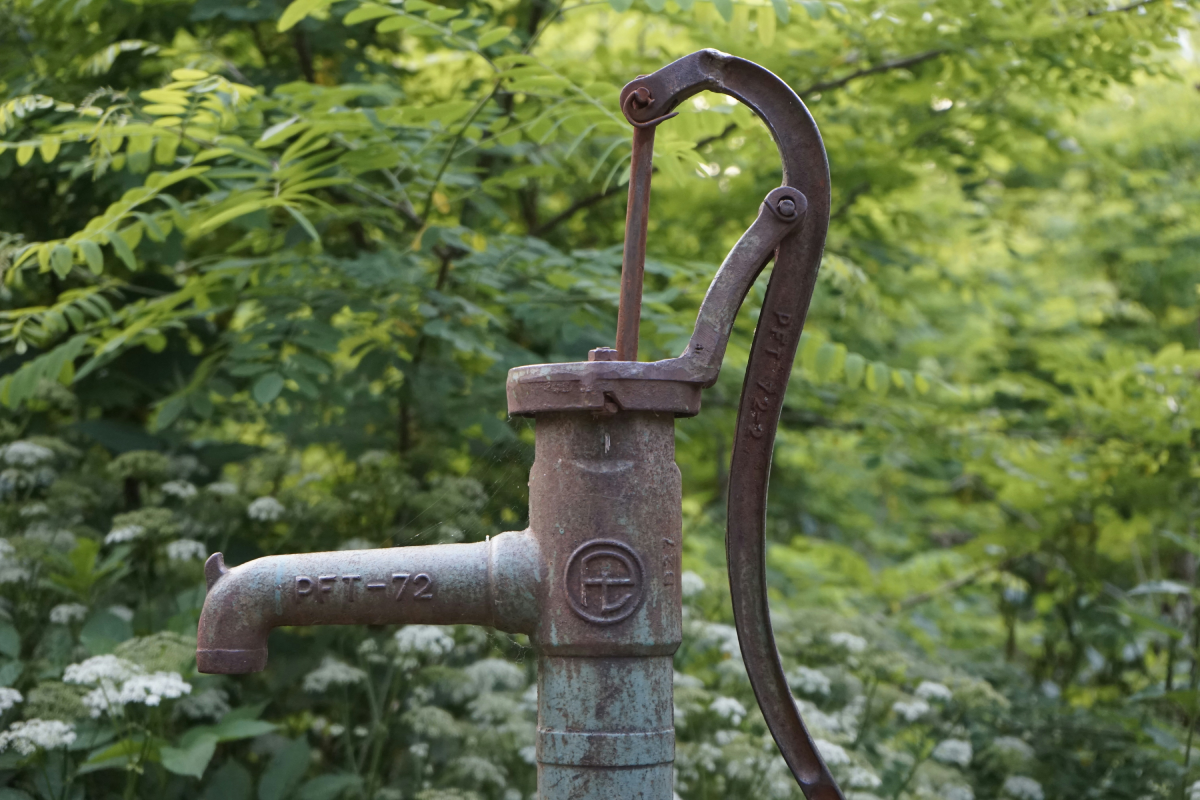
How Long Does It Take To Fix Wrong Fuel In A Car?
Fixing wrong fuel involves more than just draining the tank. The entire system must be checked. In a simple case, where the car was not started, the job can be completed in a few hours. This includes draining, a basic flush, and adding fresh gasoline. If the engine was started and driven, the timeline is longer. The shop may need to
- Replace fuel filters and possibly spark plugs.
- Inspect injectors and clean or change them if they are fouled.
- Run diagnostic scans to clear codes and confirm sensor health.
In complex cases with catalytic converter damage or severe misfiring, repairs can stretch over one or more days while parts are sourced and fitted. Booking same day misfueling repair can help you avoid very high engine repair bills. Reach out for fast professional help to keep damage as low as possible.
Can Diesel Fuel Damage A Gas Engine Over Time?
Even if the car seems to recover after wrong fueling, hidden damage can appear later. Diesel in a gas engine can cause long term wear. Deposits can build up on valves, injectors, and piston crowns. This can lead to poor fuel economy and reduced power.
The catalytic converter and oxygen sensors are also at risk. Unburned diesel can clog the converter and coat sensors with soot. This can trigger warning lights and cause the car to fail emissions checks. Over time repeated misfires and contamination can shorten engine life. That is why a careful flush and inspection after a diesel incident is important, even if the car appears to run normally.
Ready To Flush Diesel Out Safely And Protect Your Engine?
DIY siphoning and guesswork can leave pockets of diesel in your tank, lines, and injectors, leading to repeat misfires and long-term wear. Find out when a full professional drain, filter change, and system flush is necessary, what it usually costs, and how long it takes so you can choose the safest repair option.
Can Diesel Fuel Completely Ruin A Gas Engine?
Diesel fuel in a gas engine can cause complete failure. Prolonged running on diesel can damage internal components. Continuous misfiring risks overheating the catalytic converter and harming exhaust valves. Unburned fuel washes oil from cylinder walls, increasing wear. Gasoline injectors can fail handling thick diesel. The high cost of replacing injectors, pumps, and converters may exceed the value of older cars, often requiring an engine rebuild or replacement. While total ruin isn’t guaranteed, the risk is significant, necessitating immediate action and professional repair.
What Happens When You Put Diesel In A Gas Engine?
When diesel goes into a gas tank the first visible effect depends on whether the engine is started. If you do not start the car the damage is limited to the tank and lines. Once you start the engine events follow a fairly predictable path.
- The fuel pump sends the mixed fuel from the tank to the rail.
- Injectors deliver a blend that is too heavy and slow burning for spark ignition.
- The engine struggles to ignite the mix, causing rough idle and loss of power.
- Unburned diesel passes into the exhaust system and catalytic converter.
- Soot and residue begin to build up on plugs, sensors, and converter surfaces.
Modern engines have knock and misfire detection. They may reduce power or light warning lamps when they sense trouble. However, these protections cannot fully prevent damage once the wrong fuel is inside.
What To Do If You Accidentally Put Diesel In A Gas Car?
If you realise you have put diesel into a gas car, your response in the next few minutes is critical. The safest option is to avoid starting the engine at all, even to move the car. From there follow a structured recovery process.
Get The Fuel System Drained
Arrange for the car to be towed or for a mobile mechanic to visit. They will use a pump or specialist machine to remove fuel from the tank. In some models they may need to access the tank through an inspection cover or remove it entirely. A professional can also collect and store the waste fuel safely. DIY draining with basic tools is risky and can leave pockets of diesel in the system. It can also create fire hazards and environmental problems.
Refill With Fresh Gasoline
After draining, the tank is usually flushed with a small amount of fresh gasoline. This helps push out remaining traces of diesel from lines and the pump. The technician then installs new filters if needed and fills the tank with the correct fuel at the right octane level. Once the system is closed, the engine is started and allowed to run briefly. The mechanic checks for smooth idle and runs scans to confirm that there are no misfire codes or sensor faults.
Do Not Start The Engine
If you notice the mistake at the pump, do not start the engine. Do not even switch the ignition, as this moves diesel into the lines. The only exception is when a trained professional instructs you to perform a controlled action for diagnostic reasons. In general, keeping the engine off is the simplest and most effective way to prevent serious damage.
Air Out The Cylinders
If diesel has already reached the combustion chambers, the mechanic may need to remove spark plugs and allow the cylinders to air out. Compressed air can be used to blow out liquid fuel. This step reduces the risk of hydraulic lock and helps clear thick droplets. In some cases fuel injector cleaning is also performed. This restores proper spray patterns and reduces the chance of future misfires caused by remaining deposits.
When To Seek Professional Help?
You should contact a professional immediately in any of these situations
- You added more than a very small amount of diesel.
- The car was started, even briefly.
- Warning lights, smoke, or strong fuel smells appear.
What Happens If You Put Gas In A Diesel Engine?
Introducing gasoline into a diesel engine presents a different yet equally serious danger. Diesel fuel is essential for lubricating the system. Gasoline, being a thinner substance, fails to provide this necessary protection. When mixed with diesel, it diminishes lubrication, causing metal-on-metal grinding within the pumps and injectors.
This often results in noisy operation, engine knocking, and accelerated wear of high-pressure fuel pumps. As fine metal particles spread throughout the system, they can also damage the injectors. In the most severe instances, the entire fuel system must be replaced. The consequences of gasoline in a diesel engine primarily involve mechanical wear, rather than the misfiring associated with diesel in a gas engine. Both scenarios are hazardous and demand immediate action, the fuel must be promptly drained, the system flushed, and then inspected by a qualified technician.

